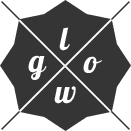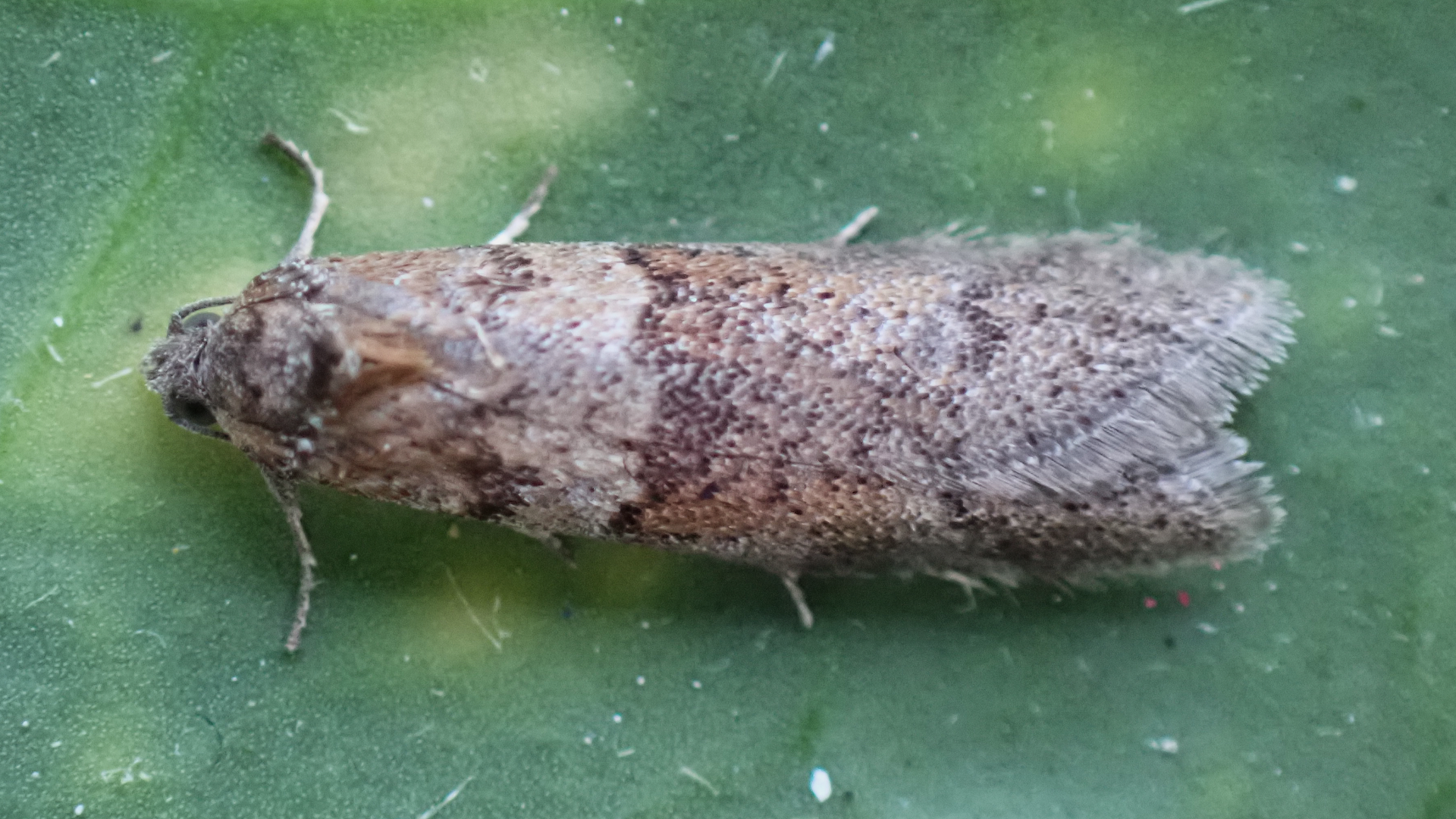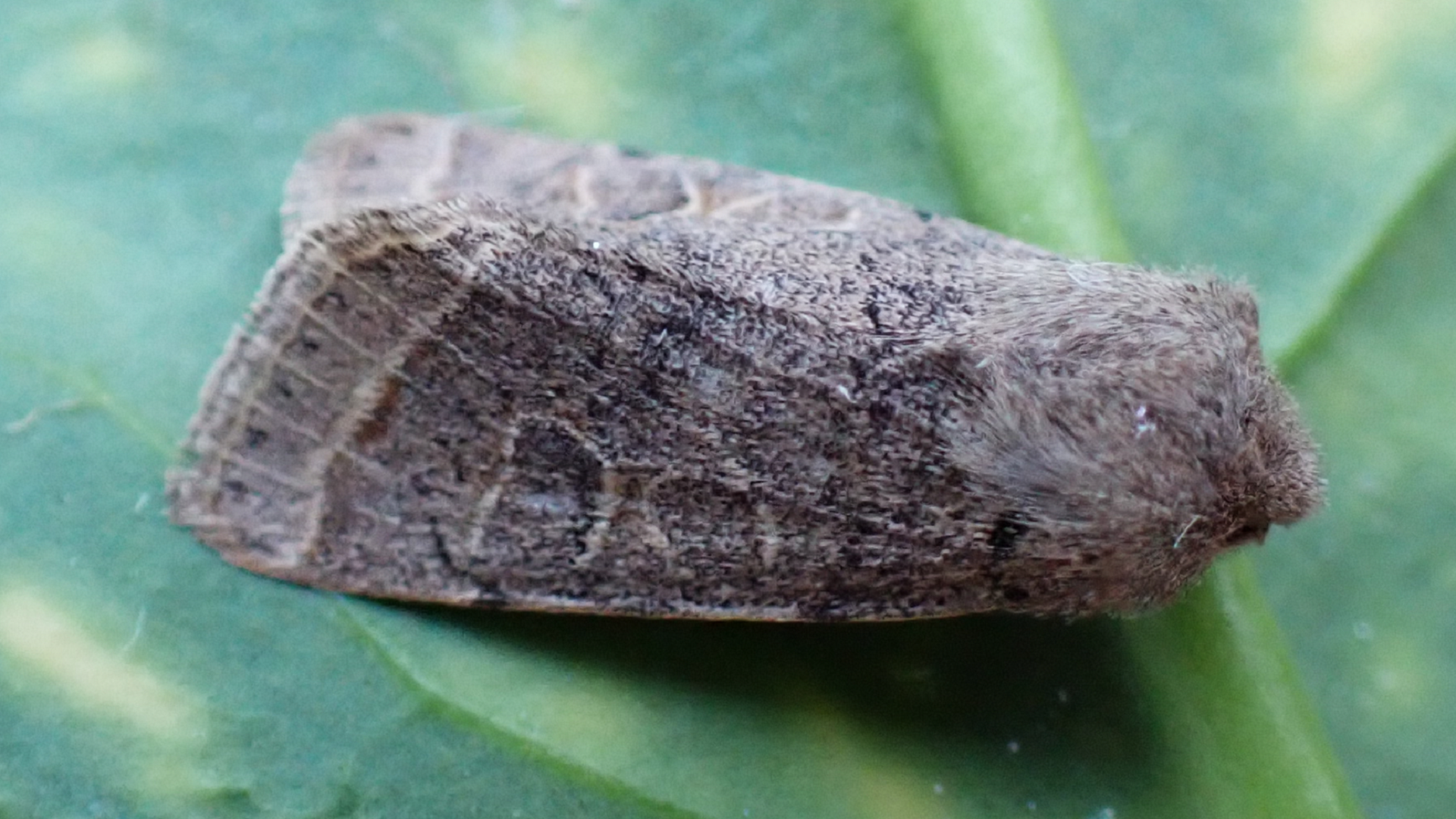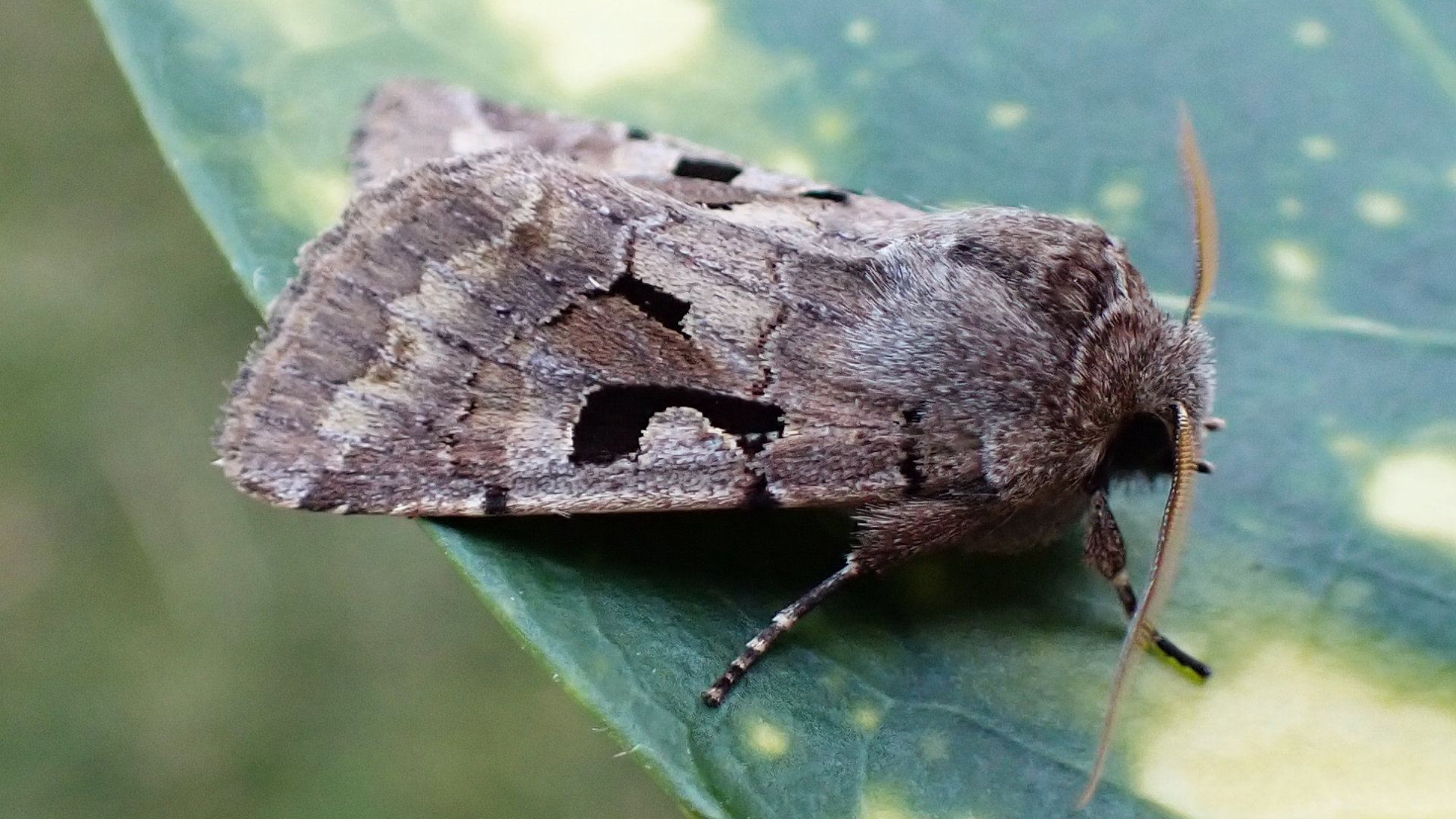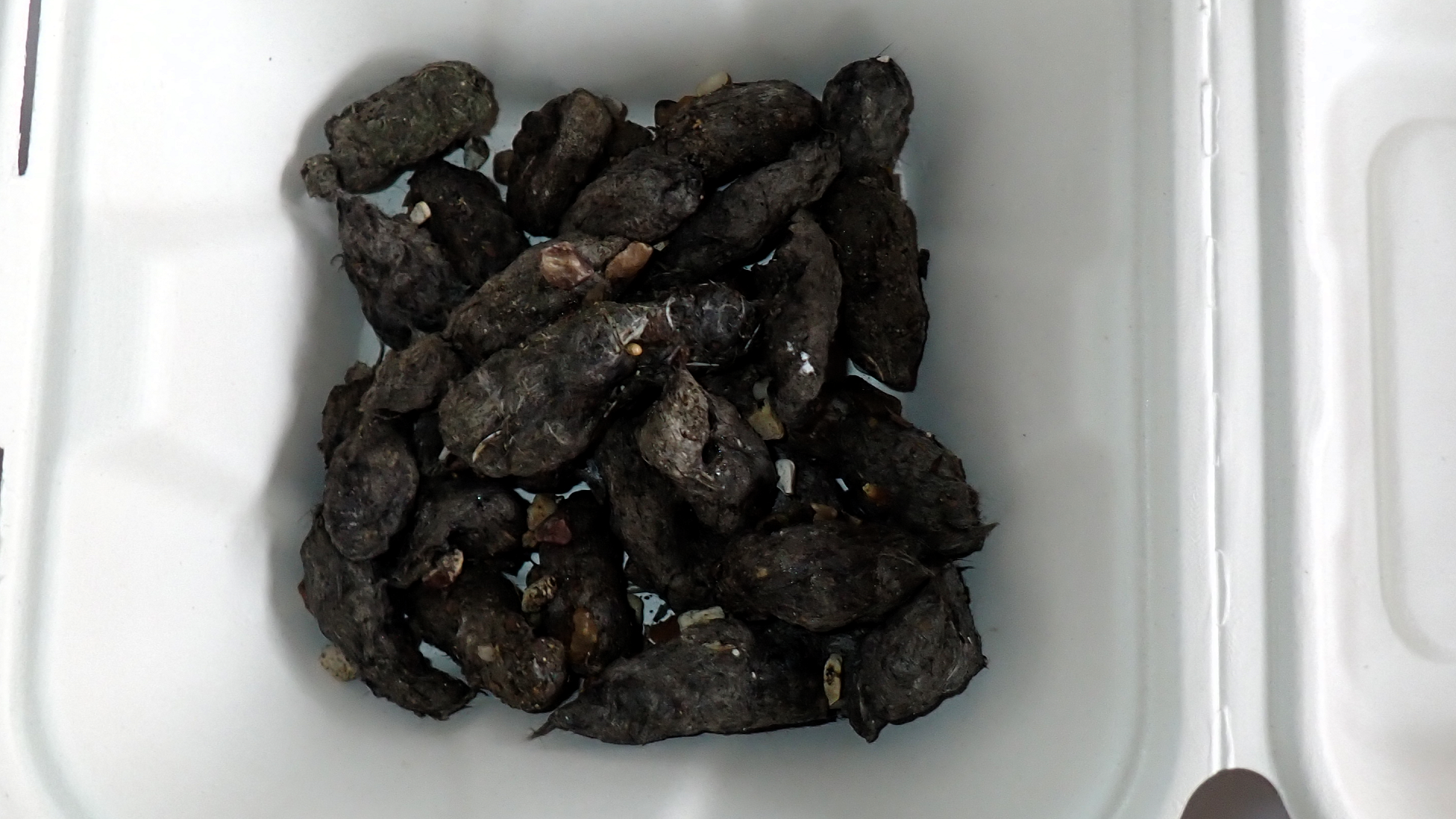FEB - MARCH 2025
Norfolk Horns

What do you get if you cross a sheep and a kangaroo? A woolly jumper. No kangaroos involved at Foxburrow Farm... just spring in the air!
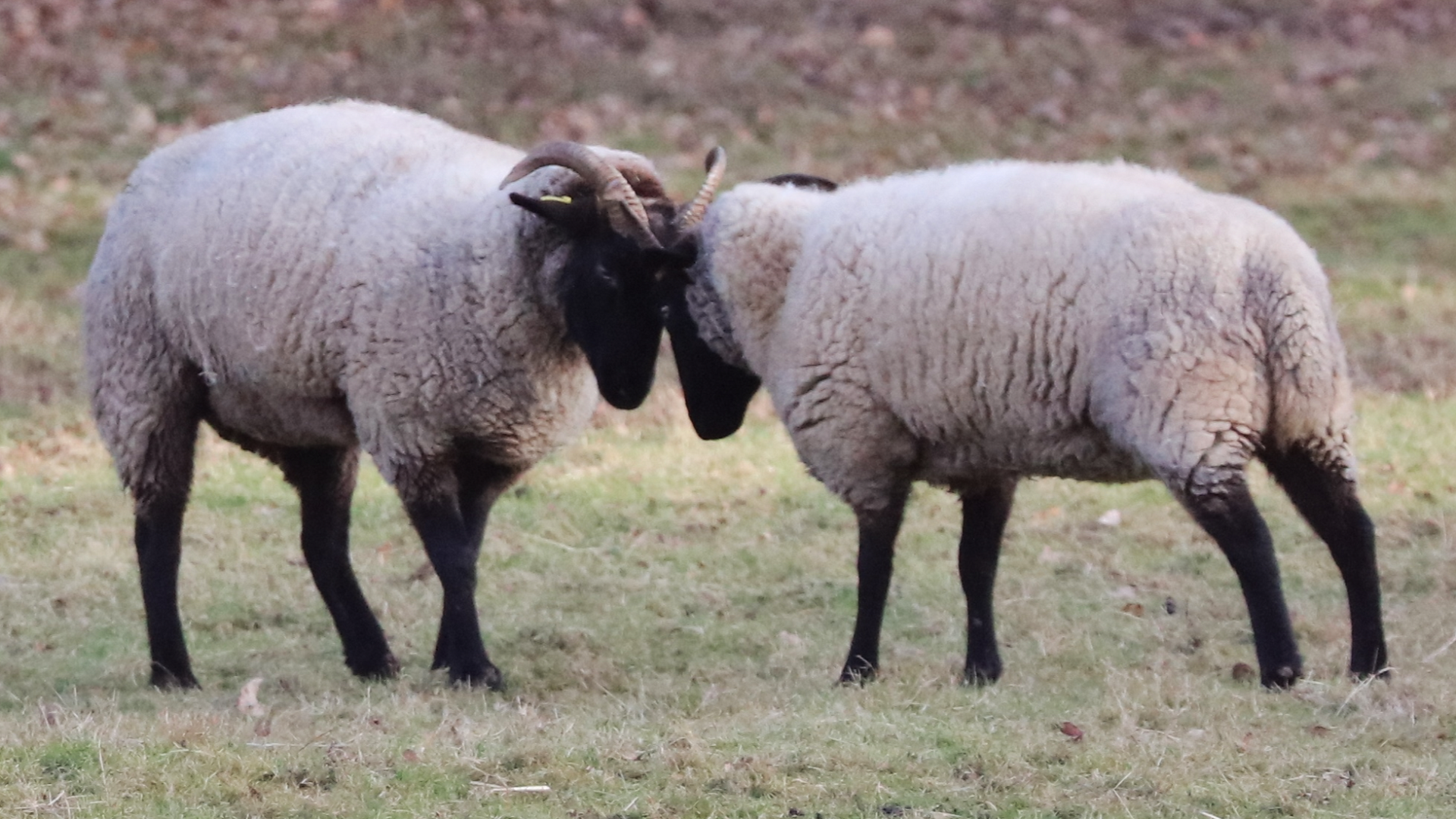
All the Norfolk Horns presently in Hainault Forest are females (ewes). Rams have horns that are distinctly spiralled. Both sexes have black heads and legs. The last purebred ram of this rare breed died in 1973, but the Norfolk Horn is gradually making a comeback due to selective cross breeding. There may be plans for Foxburrow Farm's sheep to produce lambs in the future. An outbreak of bluetongue virus in other parts of the country prevented the sheep being sent away for mating earlier this year due to strict quarantine rules.
Cherry Plum
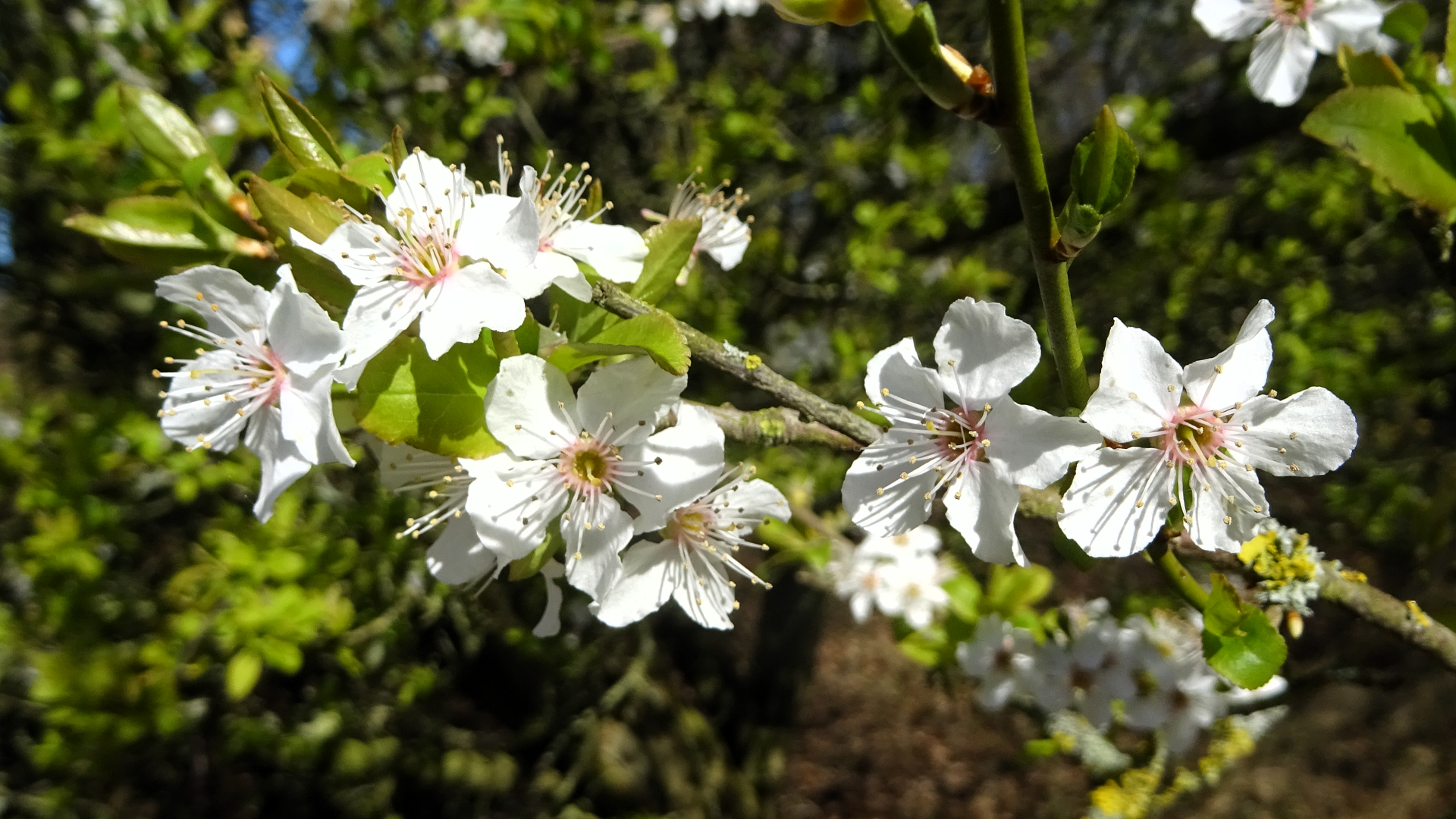
Cherry Plum Prunus cerasifera blooms early in the year. Along with Blackthorn and Hawthorn it belongs to the Rose family Rosaceae. All three species have rather similar white blossoms. Blackthorn normally flowers in April and Hawthorn during May.
Wood Anemone
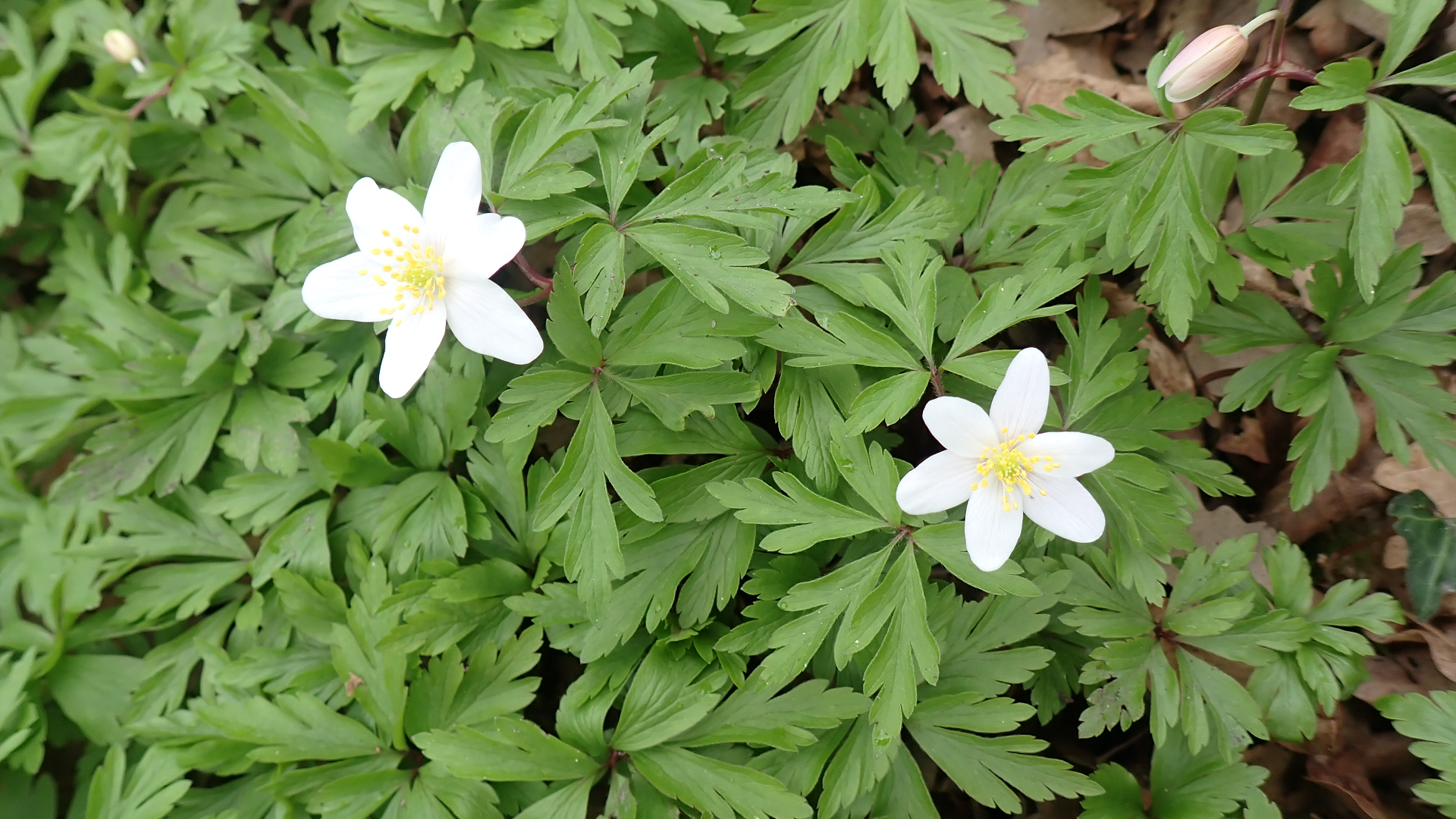
The Wood Anemone Anemone nemorosa is a short perennial with unbranched stems. The lobed leaves grow in whorls and the flowers grow singly. The flowers have 5-9 white sepals which are tinged pink on the underside. There are no petals. This patch is now struggling to survive near the Retreat Path, the only place the website has recorded it growing in Hainault Forest. Now only about half-a-metre square where it once covered a much larger area.
Lesser Celandine
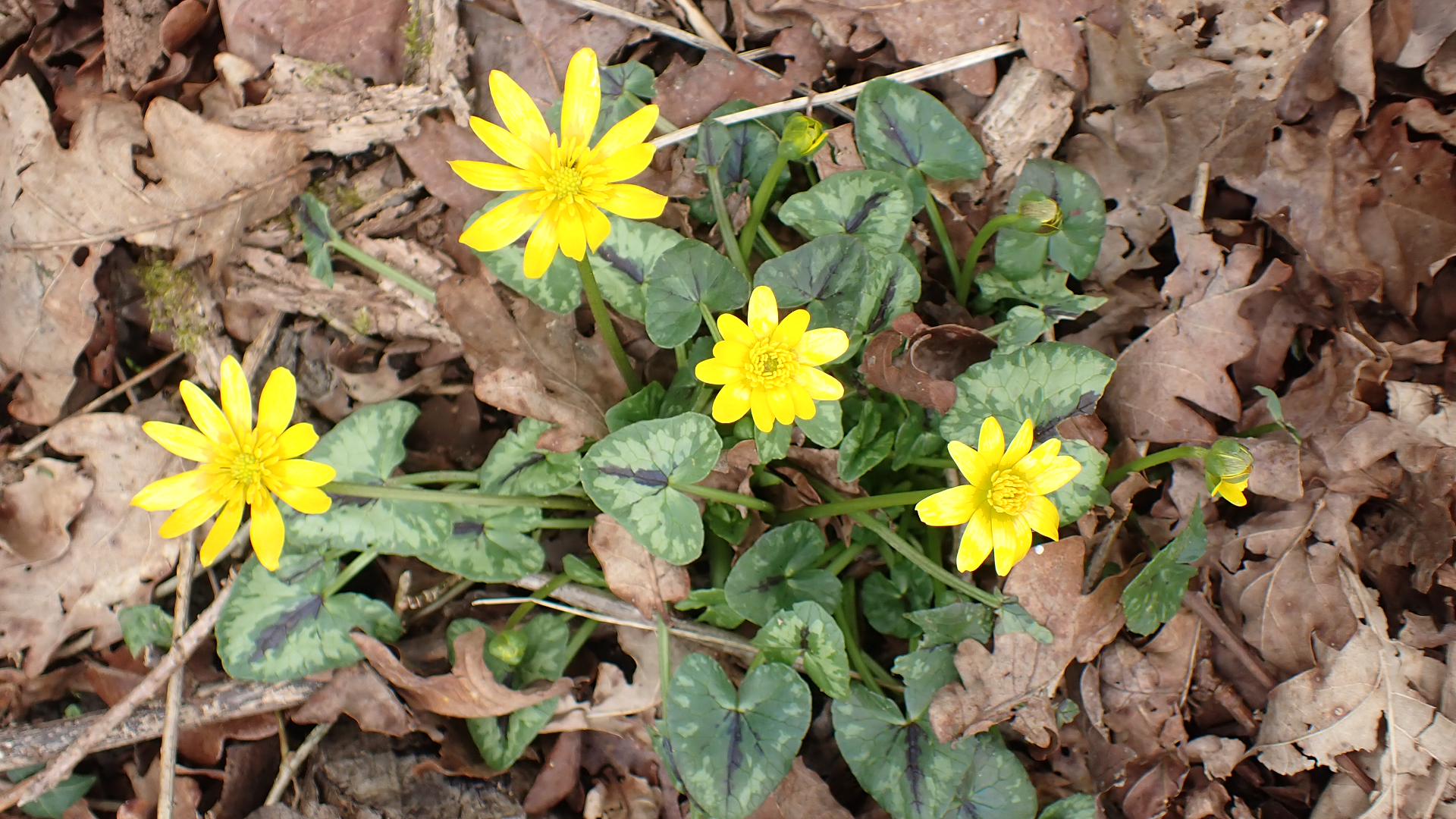
Lesser Celandine Ficaria sp. is a member of the Buttercup family, It is a low-growing plant with glossy green, heart-shaped leaves and bright yellow flowers about 30mm across. It is one of the first spring flowers to appear providing a rich source of nectar for insects that emerge early. Very common in scattered groups.
Primrose
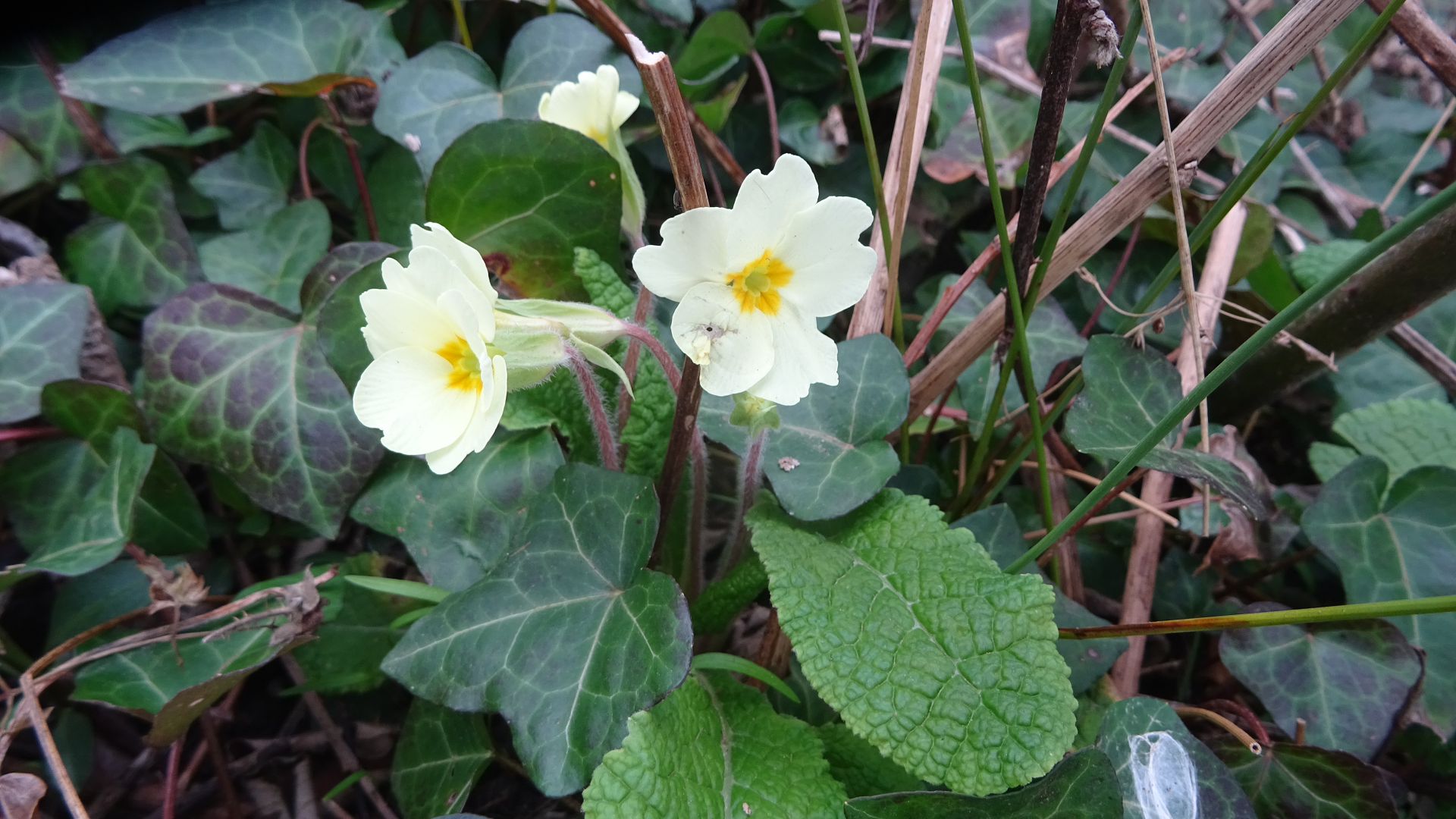
Primrose Primula vulgaris is a low-growing perennial,10-30cm tall, that has a preference for damp locations. A few patches of this plant can usually be found at the edge of Hainault Lake early in the year growing amongst the ivy. The pale yellow flowers grow singly on short slender stems and the leaves form a basal rosette.
Daffodil
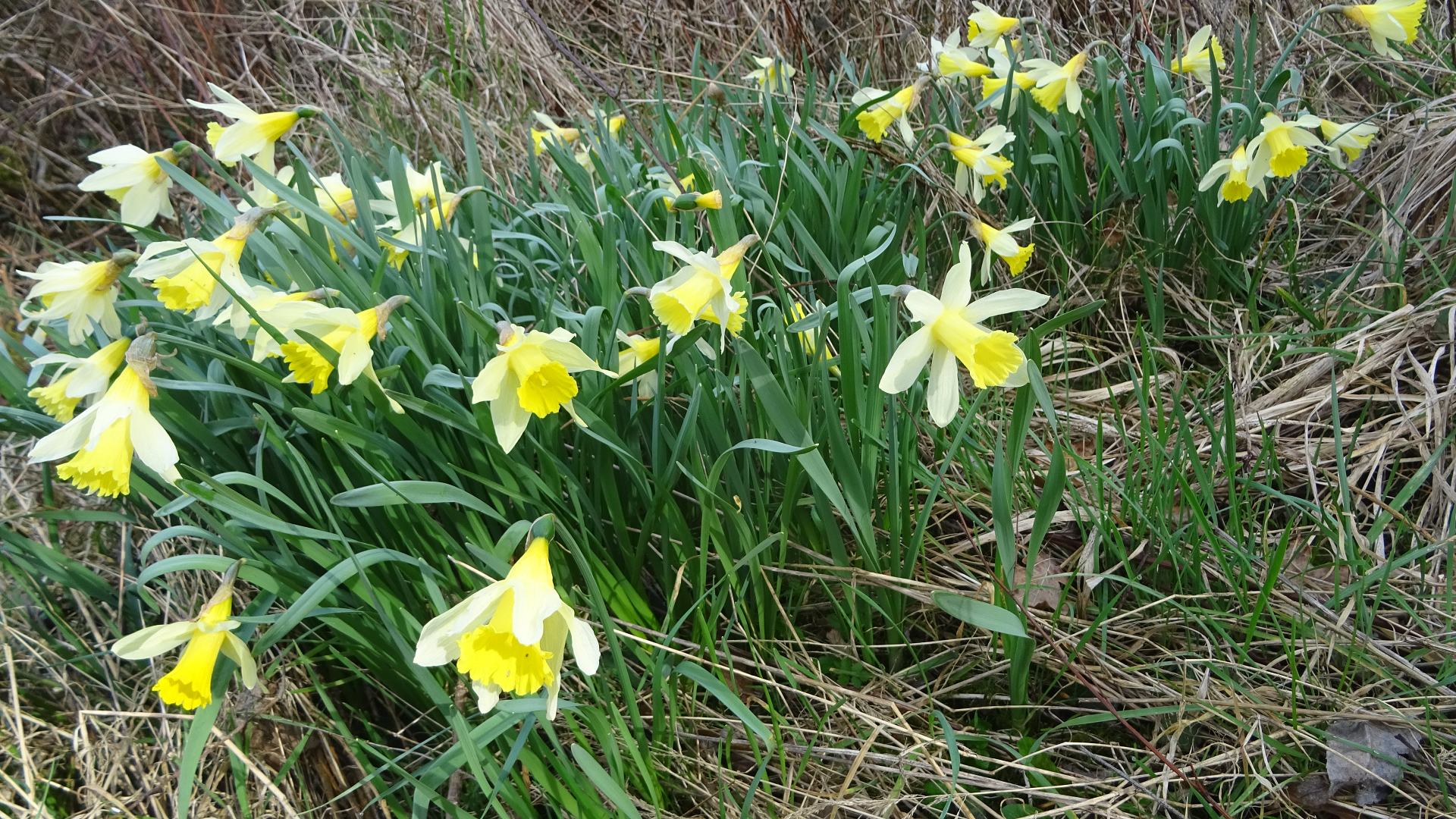
Wild Daffodils are native British plants, but all those seen in Hainault Forest are not the wild type and have been introduced at some point.
Spurge Laurel
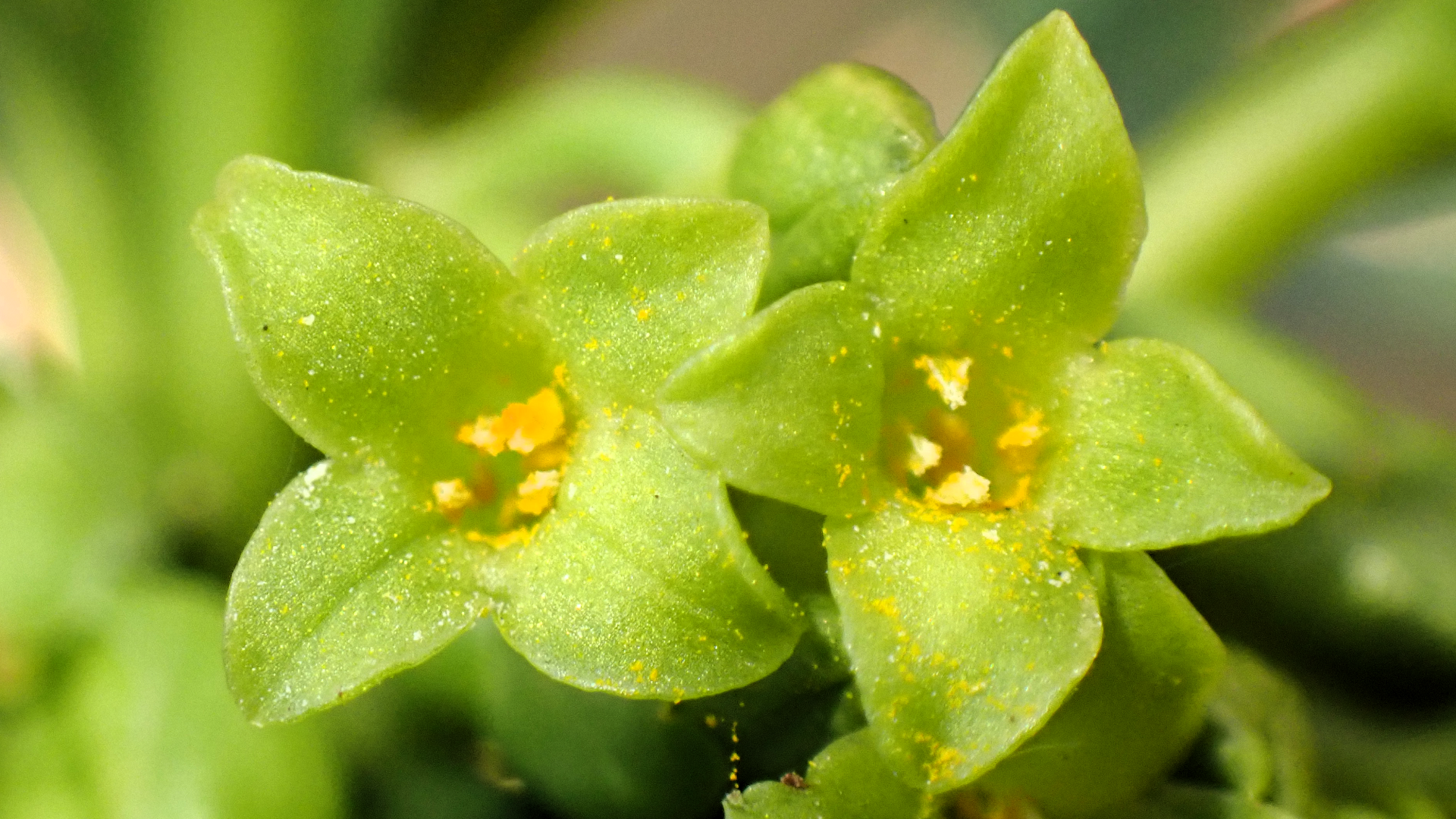
Spurge Laurel is an evergreen woodland shrub with branched stems. Its yellowish-green flowers grow in clusters at the top of the stems and are normally seen from January until April. Poisonous black berries develop after the flowers.

The dark. narrow, leathery, glossy green leaves of Spurge Laurel grow on woody stems. Despite the name, it is not a Spurge or a Laurel, but instead belongs to the Daphne family.
Wood Spurge
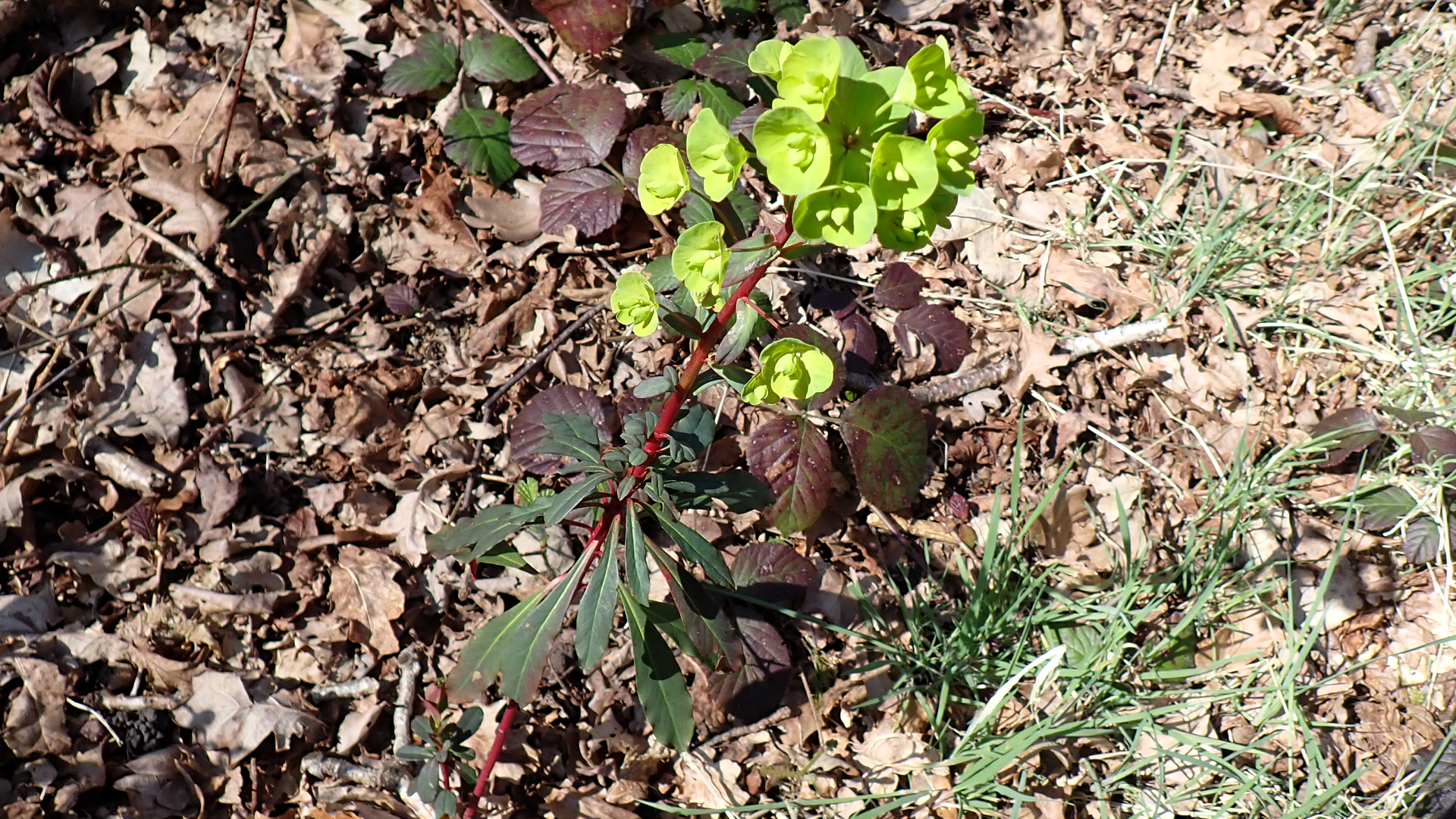
Wood Spurge Euphorbia amygdaloides is a woodland perennial with greenish-yellow cup-shaped flowers that appear from March to May. It grows up to 90cm tall.
Coltsfoot
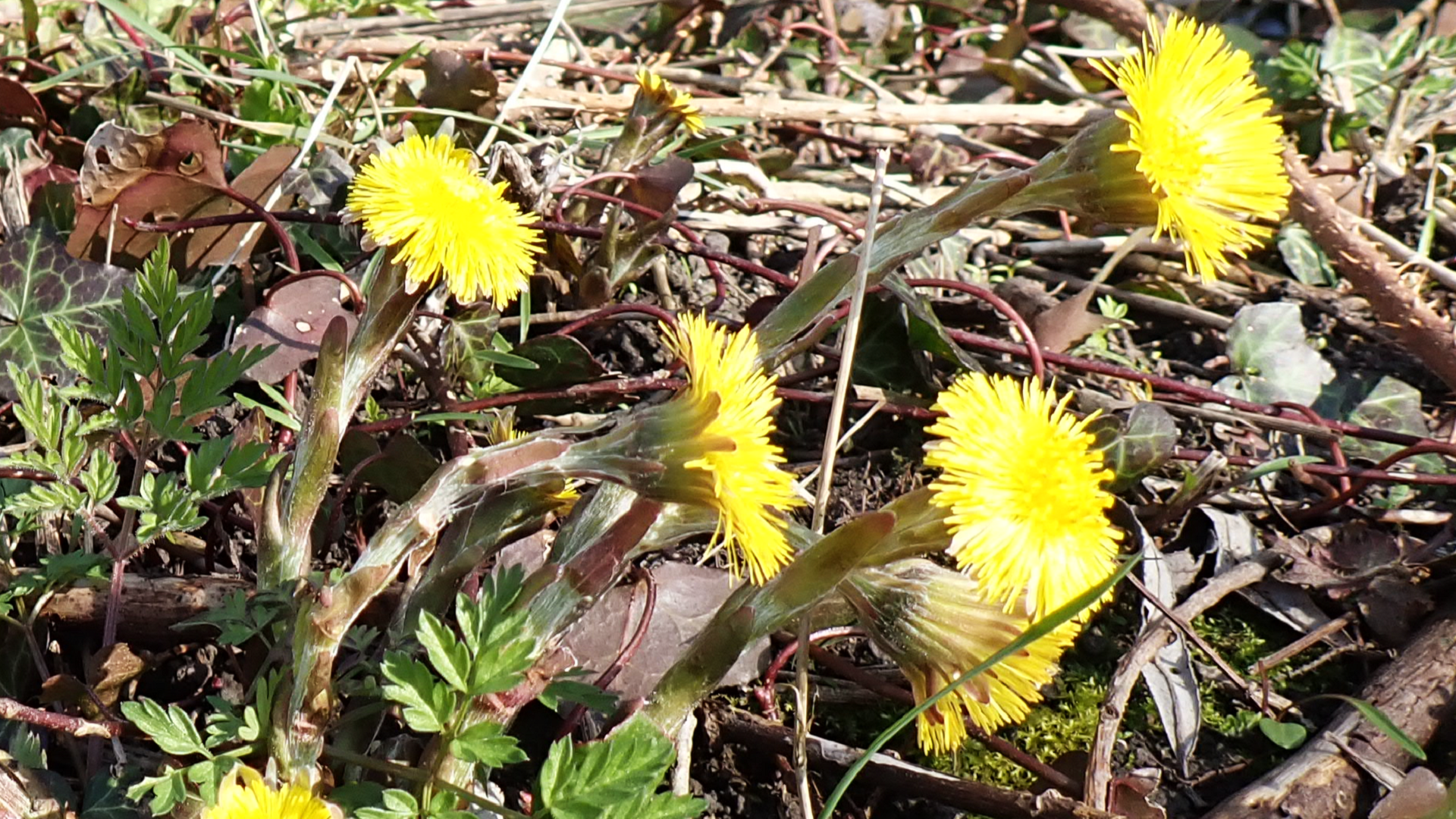
Coltsfoot is a perennial usually found at the edge of Hainault Lake during March and April. After pollination the heads droop, becoming upright again when the white fluffy parachutes (clocks) containing seeds have ripened and are ready to be dispersed on the wind.
Gadwall
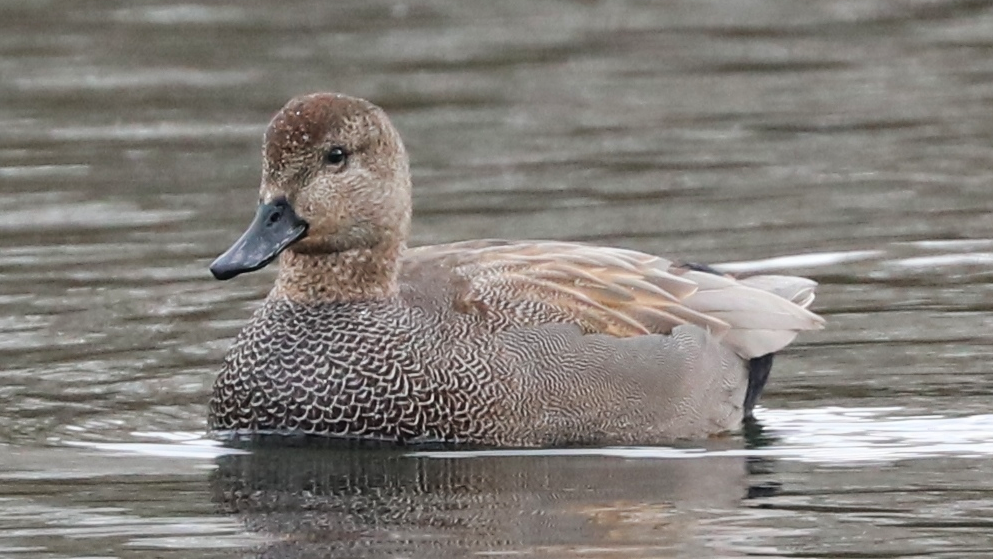
Gadwalls are infrequent visitors to Hainault Lake, but are more common at nearby Fairlop Waters where this picture was taken. Drakes have grey plumage and a black rear. Females are brown with a black speculum. They feed on stems, leaves and seeds.
Lapwing
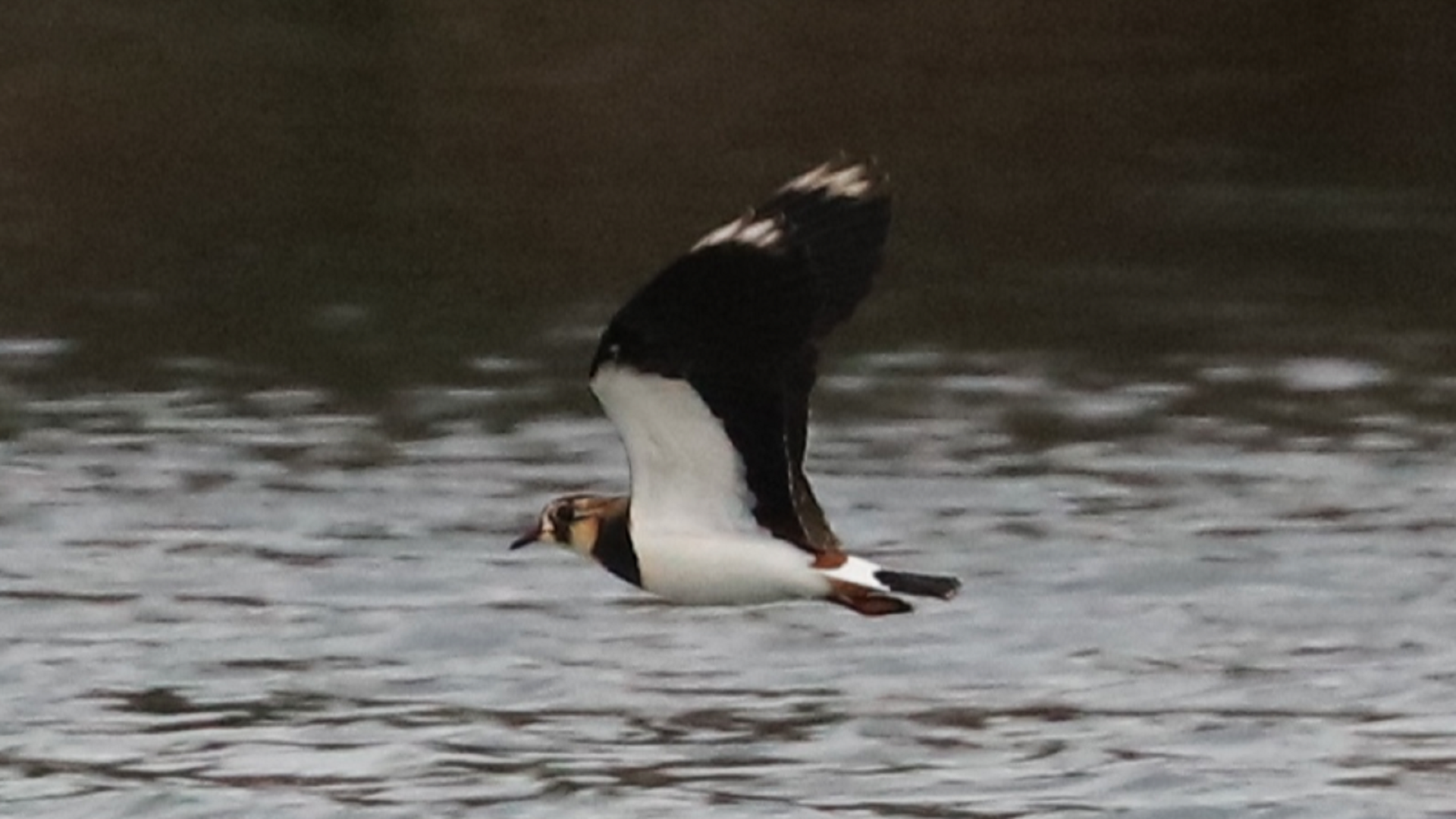
Lapwings have slow, irregular wing-beats when they fly and a high-pitched, piercing, wailing cry. The UK population has halved since the 1960s, decline mainly caused by a change in farming methods. Although regularly seen at Fairlop Waters, Lapwings have not been spotted at Hainault Lake in recent years.
Wren

TQ4793 24/03/2025 ©Mike Rumble
The Wren is the most common breeding bird in Britain. They are often seen flitting through the undergrowth. Perched on a branch at Roes Well this one decided to sing its heart out. For such small birds they have remarkably loud voices.
Chaffinch
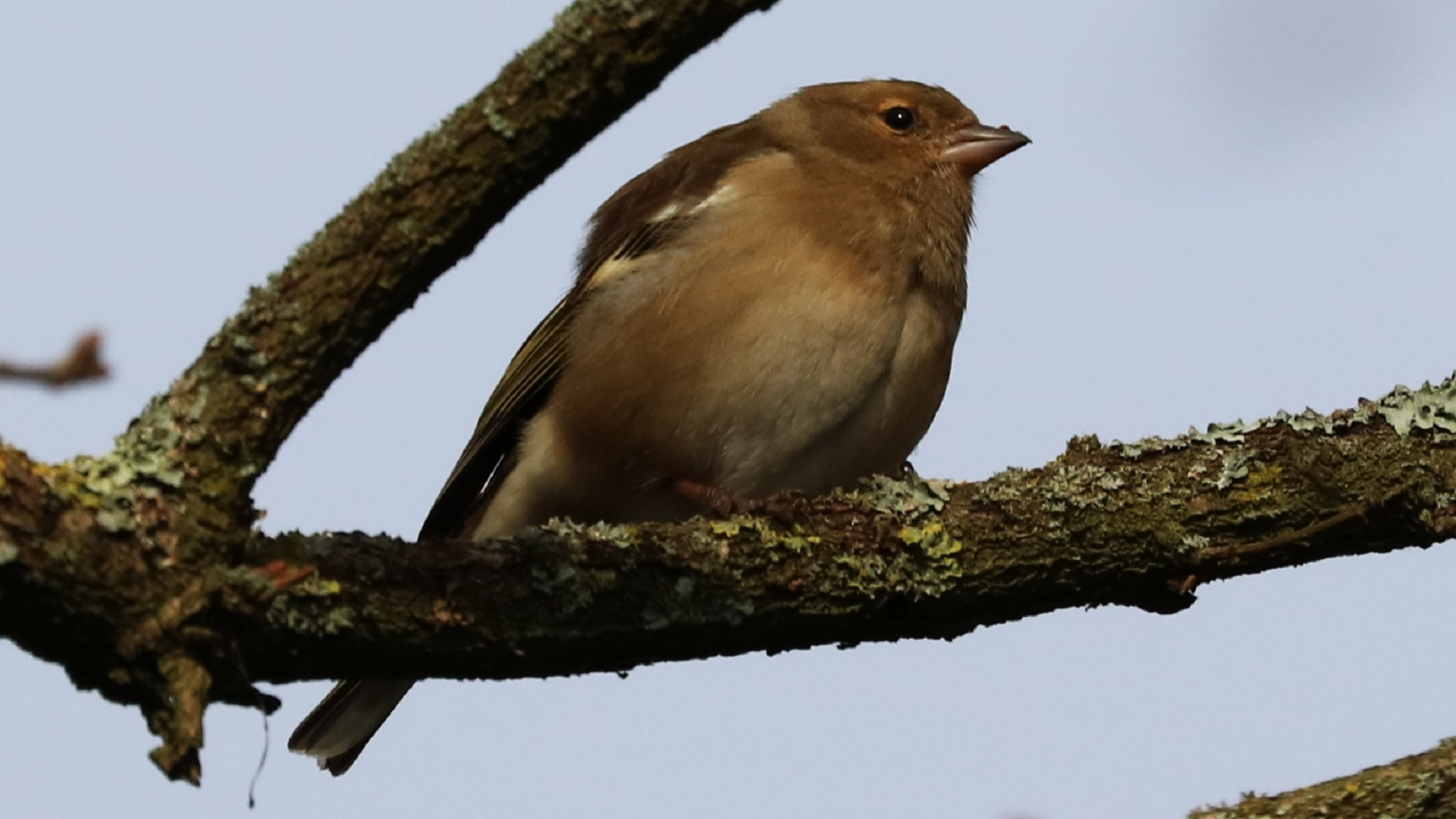
Chaffinches gained their name because they visit crops at harvest time to search for food. The husks of corn or other seeds separated by threshing is known as 'Chaff'.
Goldfinch
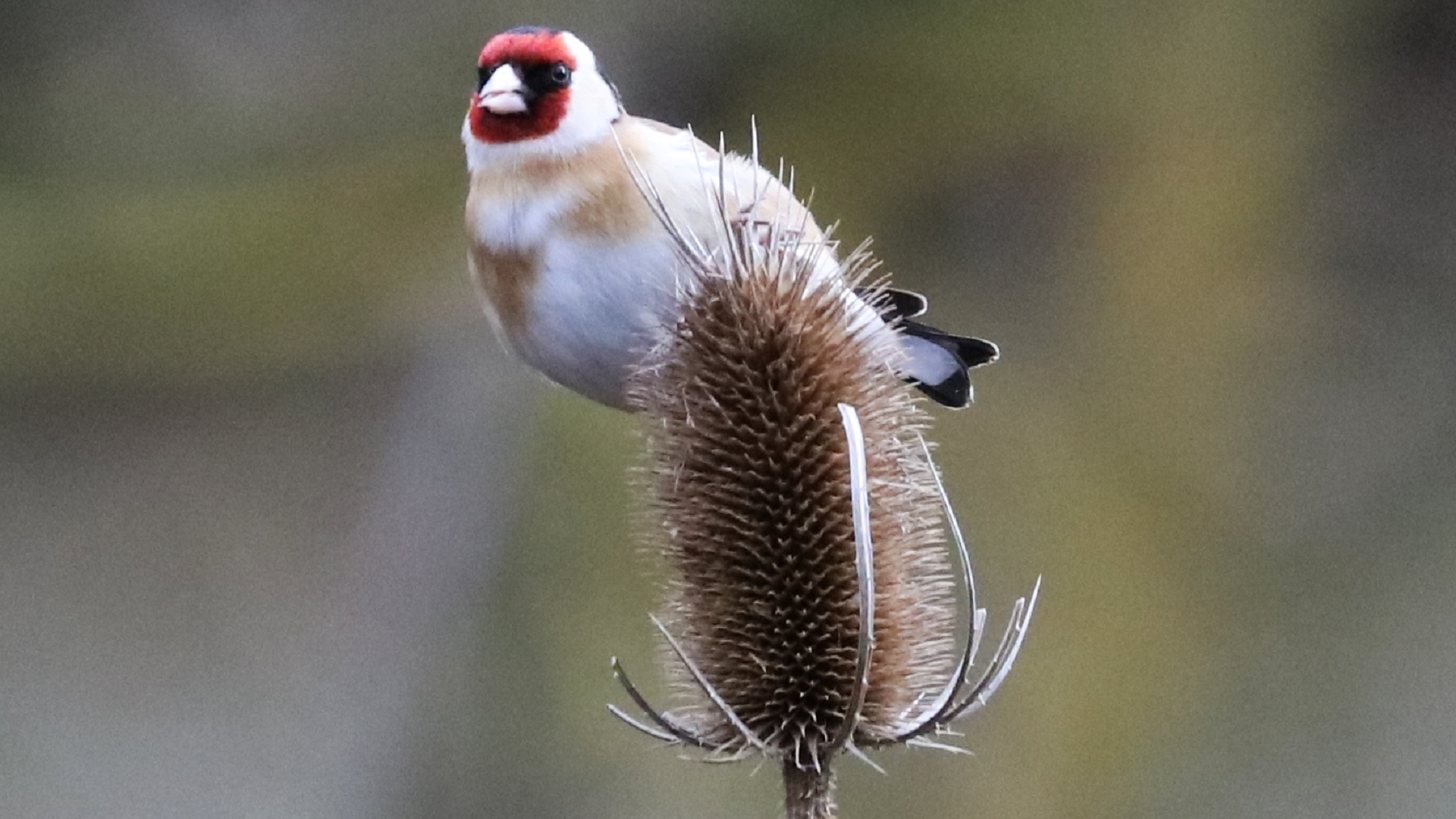
Goldfinches feed on seeds of teasel and other plants. In the past the species was also called the 'Thistle Finch' due to its liking for thistle seed. Nyger seed is enjoyed by Goldfinches too and is often put in special garden feeders. Nyger seed is often referred to as 'Thistle seed', but the small black seeds actually come from the Guizotia flower a native African plant. The seeds are heat-treated for storage purposes so are unlikely to sprout in the UK if they drop to the ground.
Great Spotted Woodpecker

Great Spotted Woodpeckers drum on trees to advertise their territory. Males drum more often than females, mainly early in the year until the young have fledged.
Nuthatch

During winter Nuthatches supplement their diet with seeds. In warmer months when insects and arachnids become abundant they usually switch to feeding on those instead.
Meadow Pipit

The Meadow Pipit has a thin bill and pale pinkish legs. The rear claws are very long and are clearly visible in this picture. It is thought that the long claws assist with balance when it is perched on the ground.
Marmalade Fly
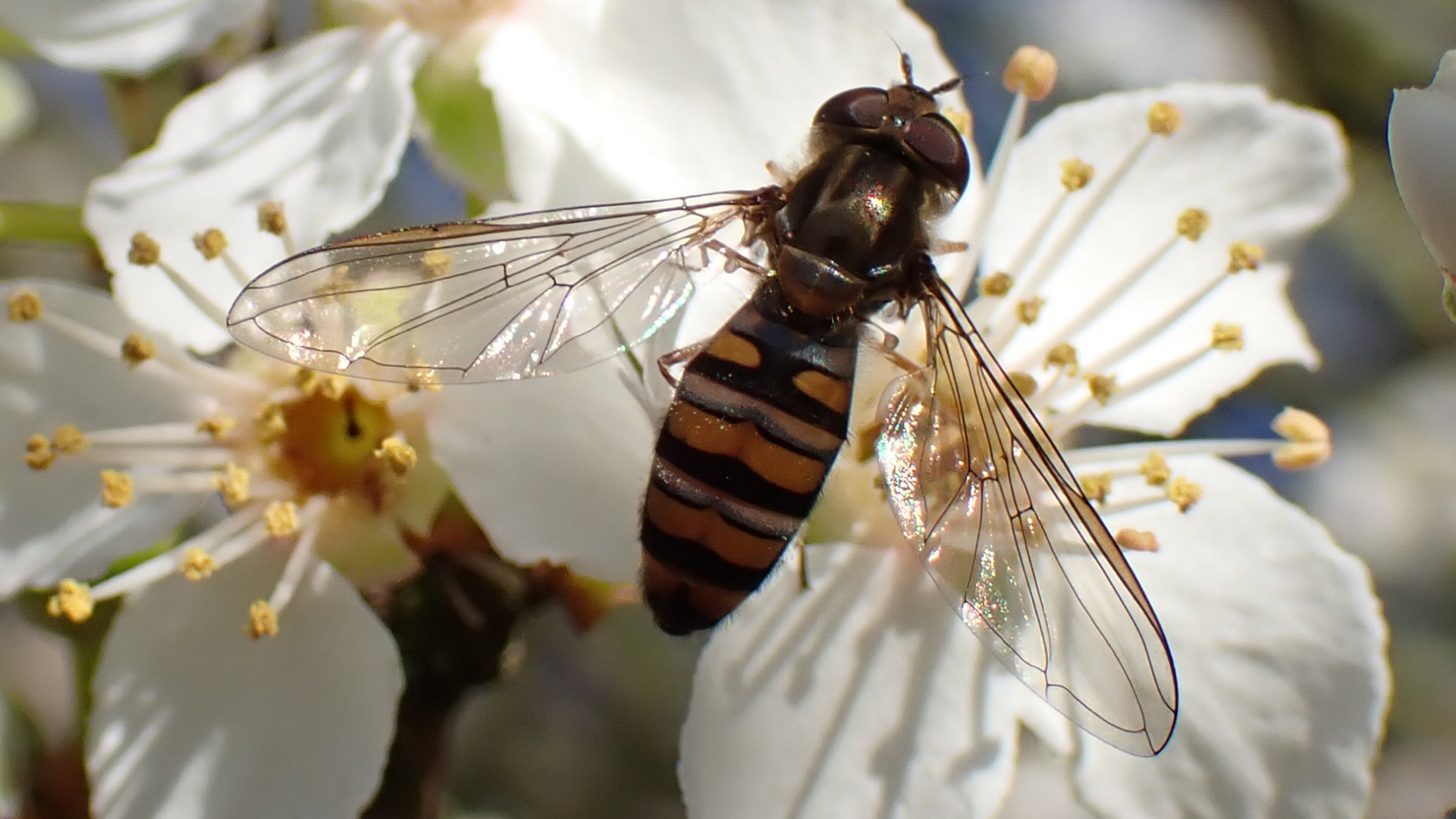
TQ4792 03/03/2025 ©Raymond Small
The Marmalade Fly is the commonest British hoverfly. Its colouration is influenced by temperature with darker specimens often seen during colder months and brighter specimens appearing in summer.
Seven-spot Ladybird
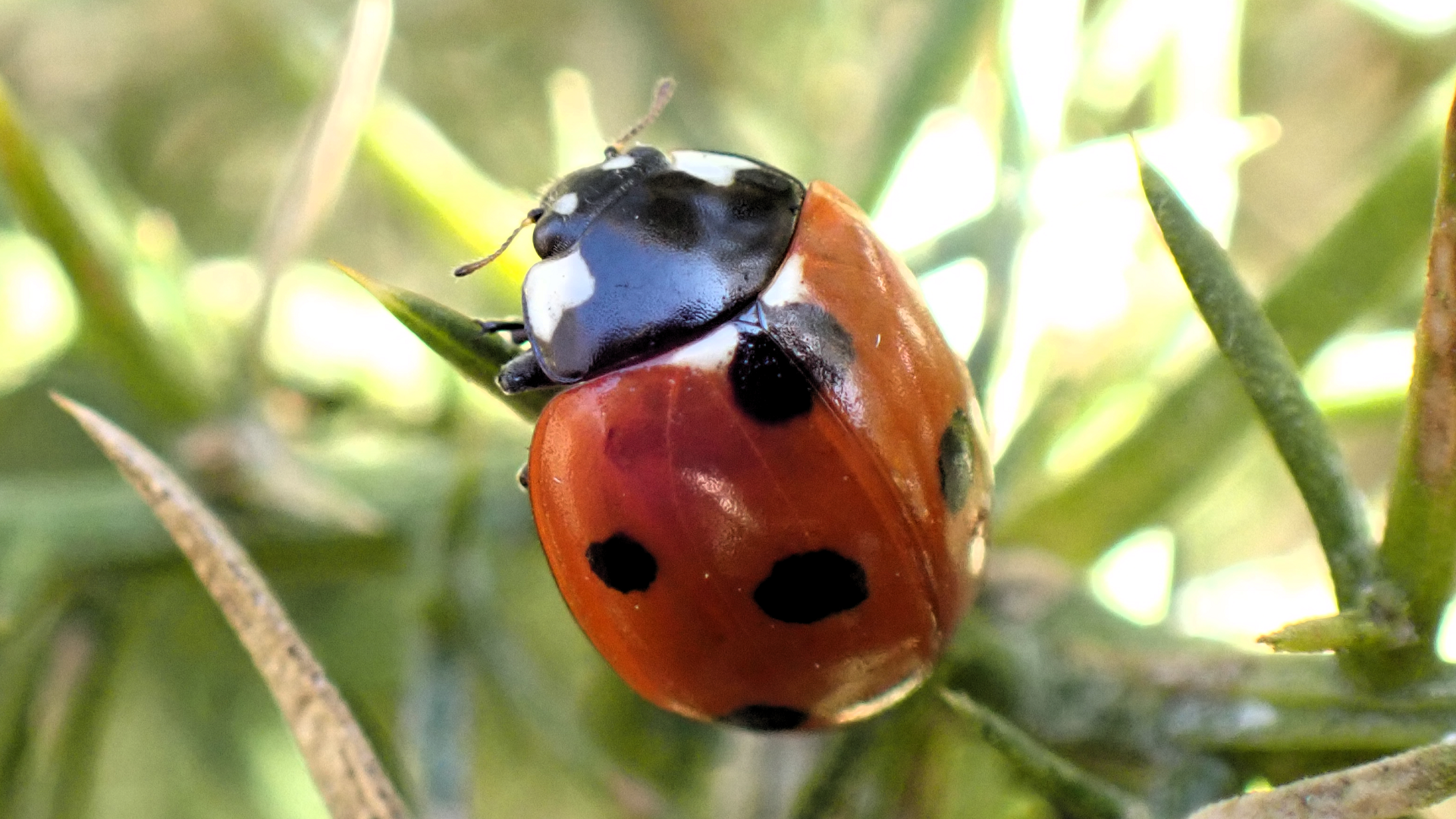
As spring approaches Seven-spot Ladybirds start emerging from under rocks, leaf litter and beneath tree bark, where they have been hiding during winter. They are voracious predators of aphids.
Honey Bee
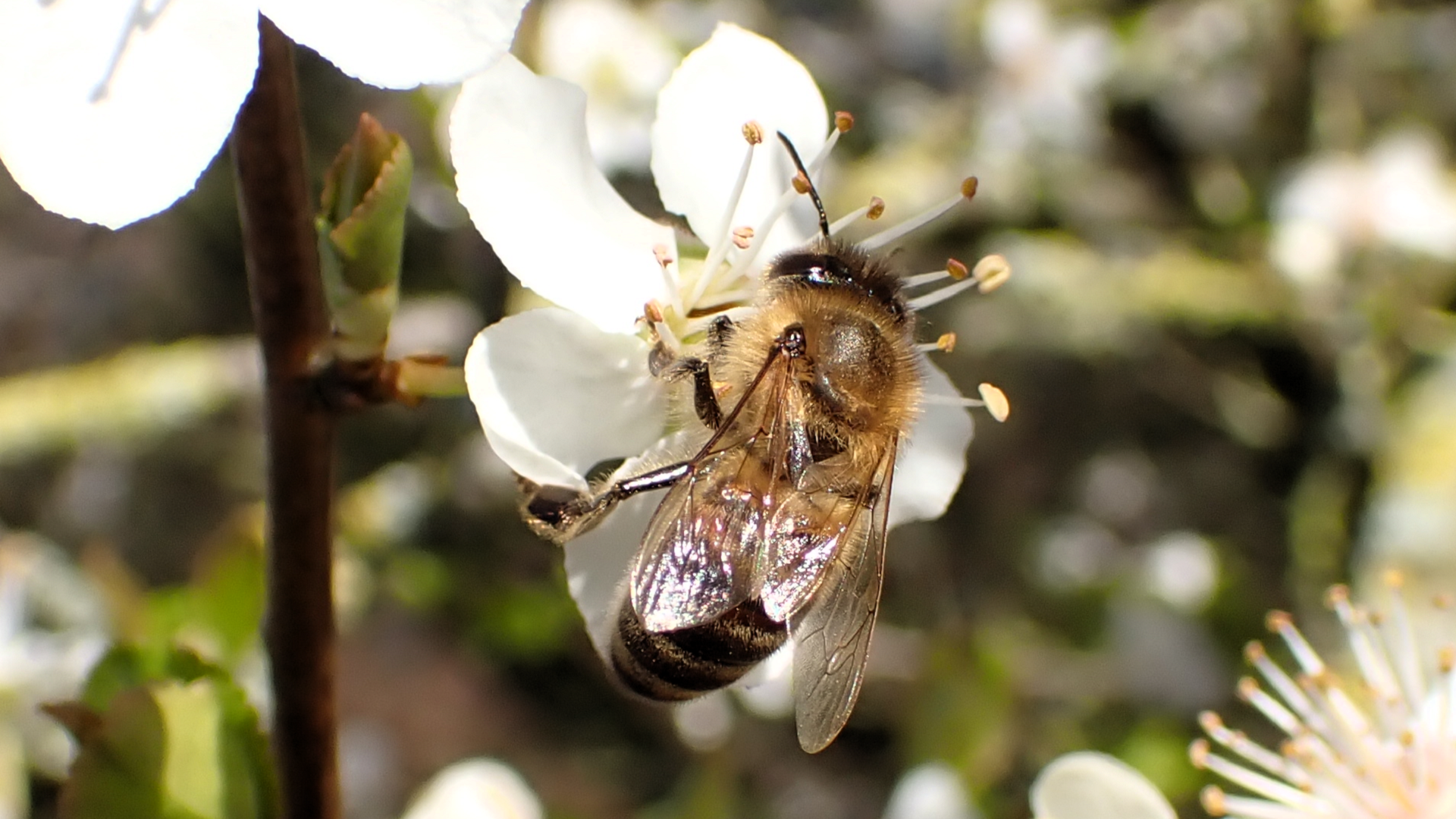
Honey bees get busy collecting pollen and nectar when flowers start appearing. It takes twelve Honey bees their whole life to make one teaspoon of honey. Whether the honey is clear, opaque, soft or runny, depends on the flowers that the bees have been visiting.
Comma
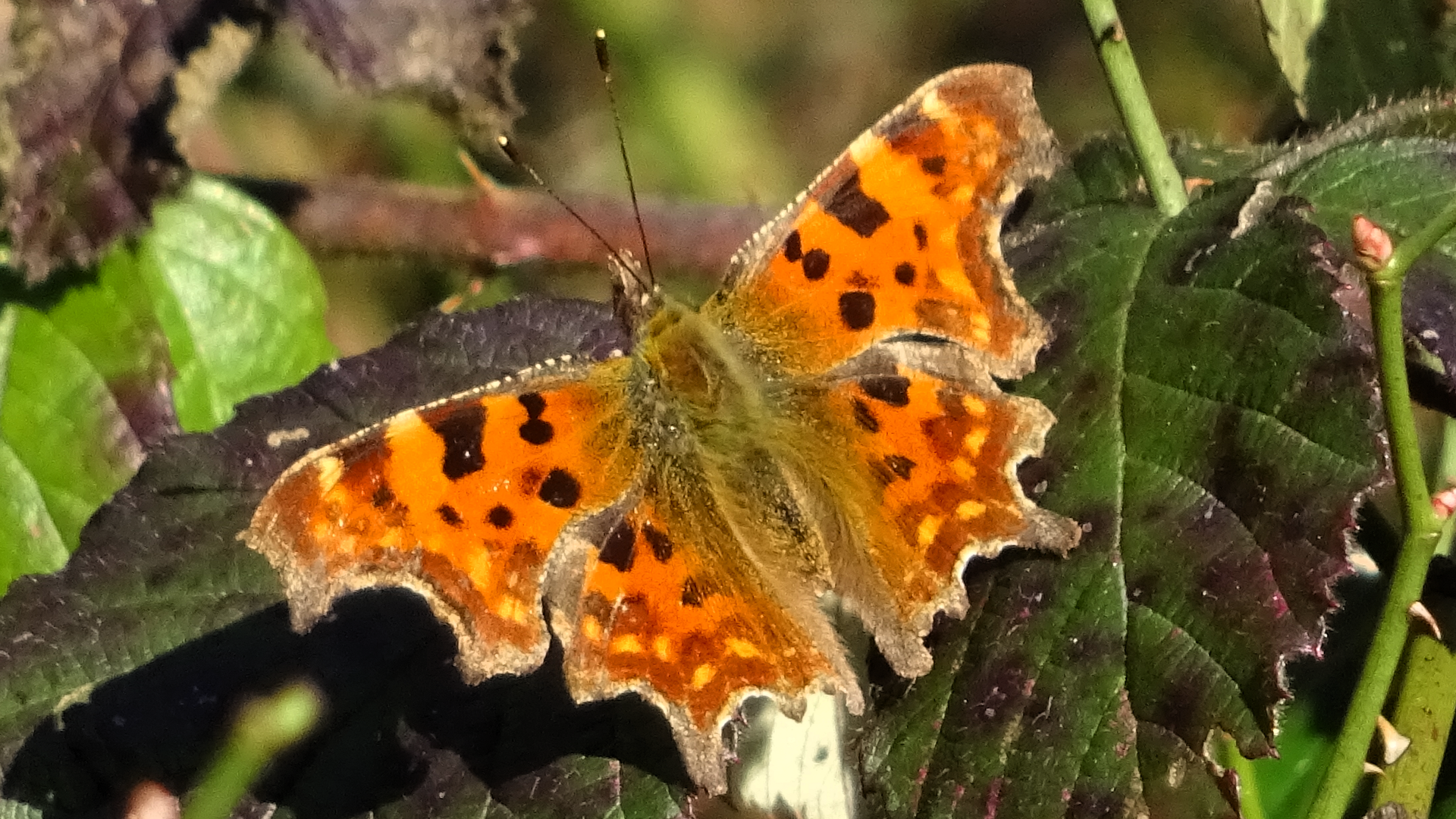
The Comma has jagged orange-brown upper wings with black and yellowish-brown markings. The undersides are shades of brown with a white 'comma' on the hind underwing. At rest the Comma resembles a withered leaf.
Peacock

The Peacock Butterfly has spectacular wing spots that have evolved to startle and scare away predators. The wing undersides resemble dead leaves. Peacocks are often found along sheltered woodland paths where they lay eggs on stinging nettles from which blackish caterpillars emerge to feed.
Moths
British Moth recorders were encouraged to get the traps out for a challenge during January and February when there are normally fewer records produced. A Hainault trap participated. All moths were released unharmed after being counted.
January Challenge
Sadly, the number of moths caught nationwide was roughly 67% down on 2024 throughout Britain. The Hainault trap only caught 2 Spring Ushers and 1 Light Brown Apple Moth - a poor result, however many recorders elsewhere failed to catch anything due to wet and windy weather.
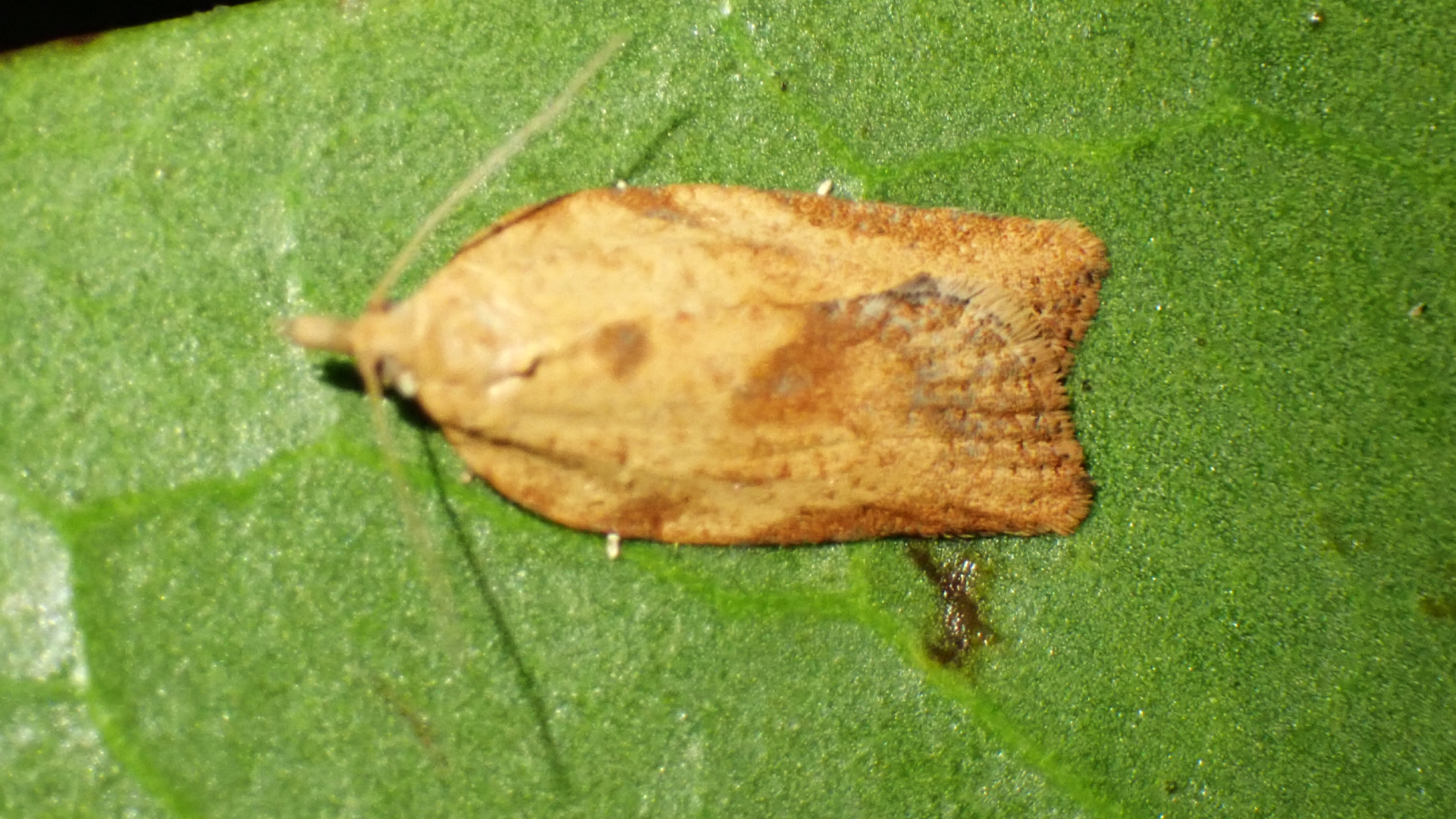
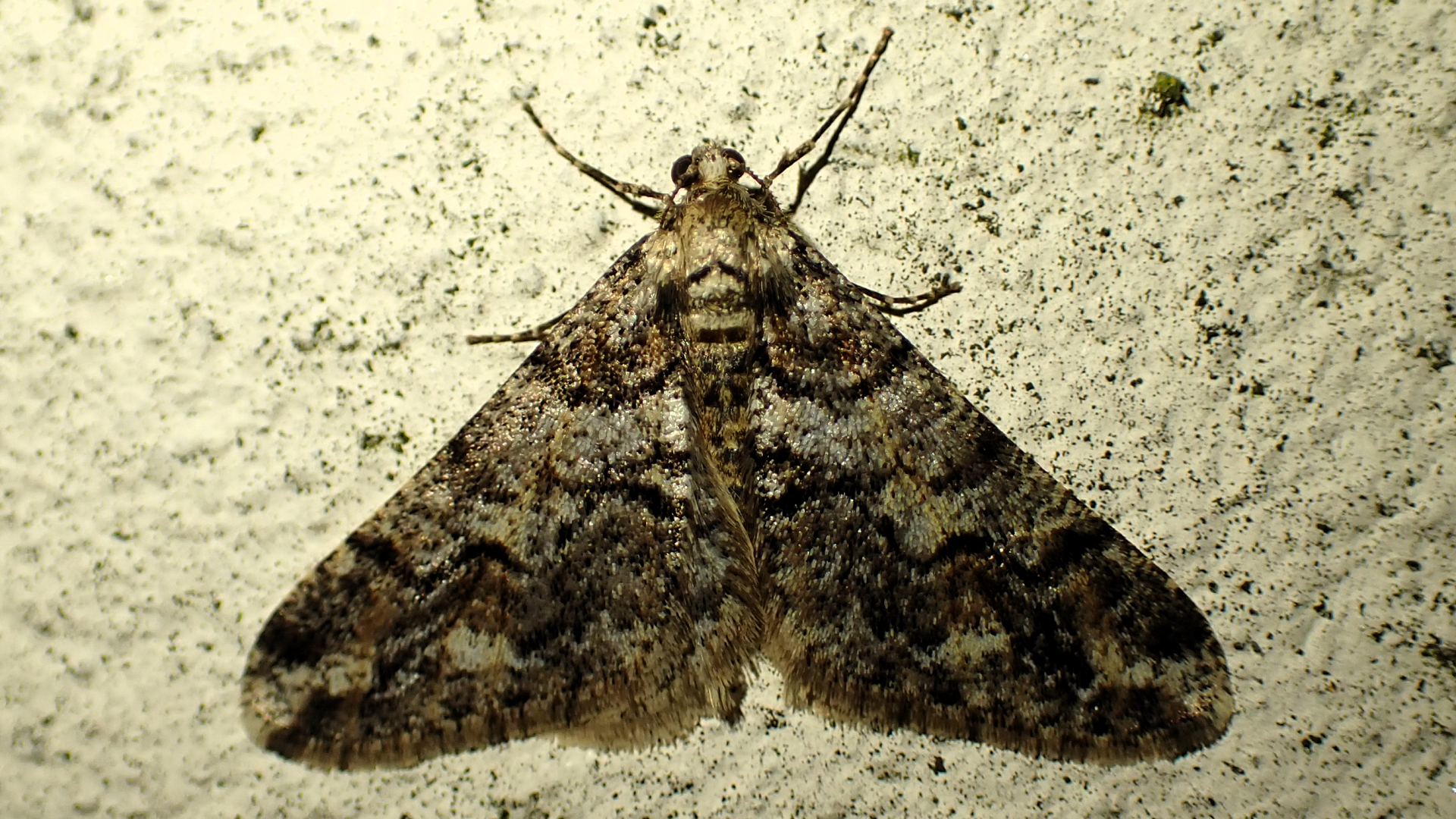
| JANUARY 2024 (Last Year) | JANUARY 2025 (This year) |
|---|---|
| 86 recorders at 92 sites | 89 recorders at 92 sites |
| 46 different VCs | 50 different VCs |
| Macro species - 38 | Macro species - 24 |
| Macro numbers - 3189 | Macro numbers -1229 |
| Micro species - 42 | Micro species - 28 |
| Micro numbers - 777 | Micro numbers - 242 |
| Total species - 80 | Total Species - 52 |
| Total numbers - 3966 | Total numbers - 1471 |
February Challenge
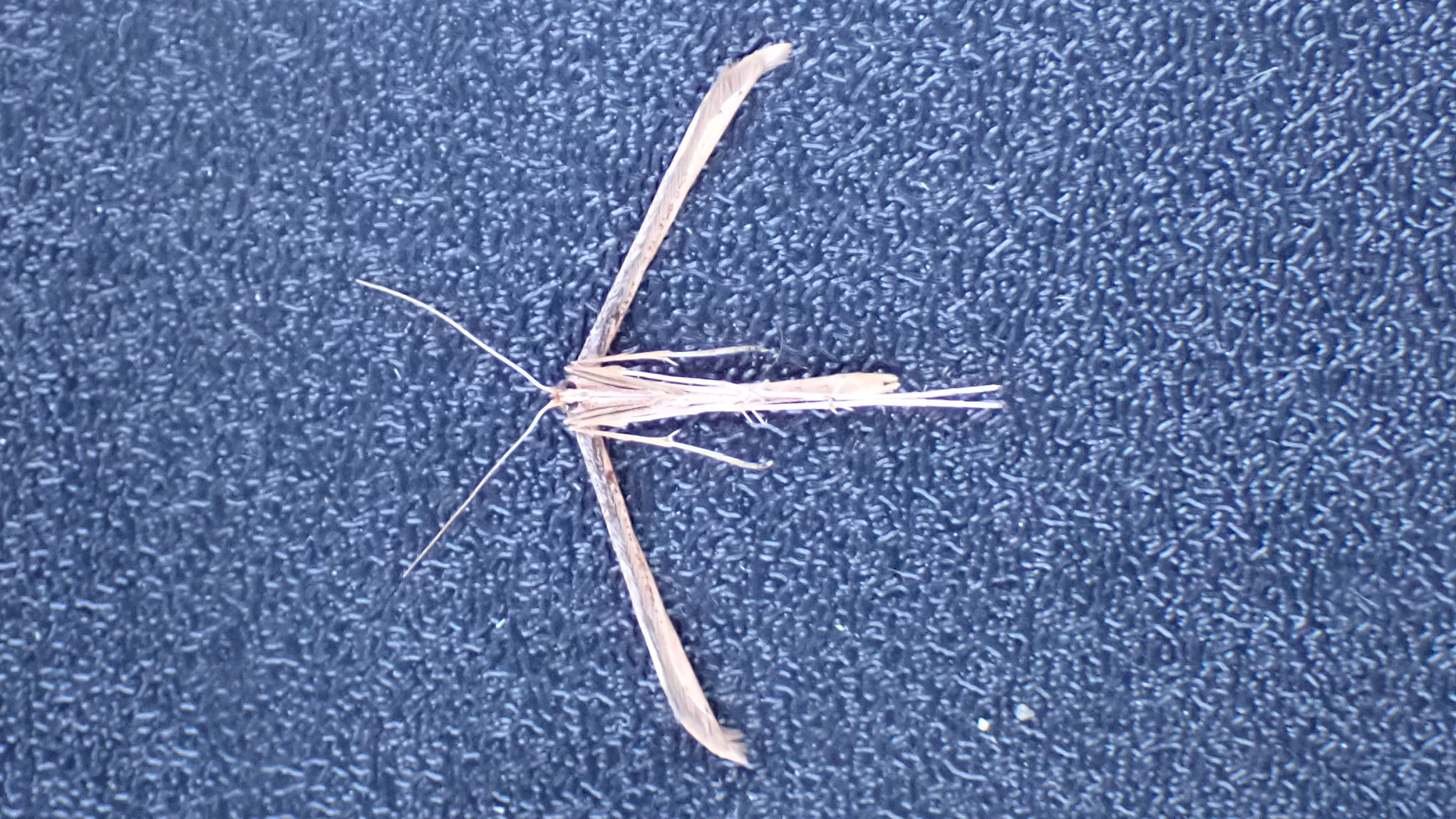
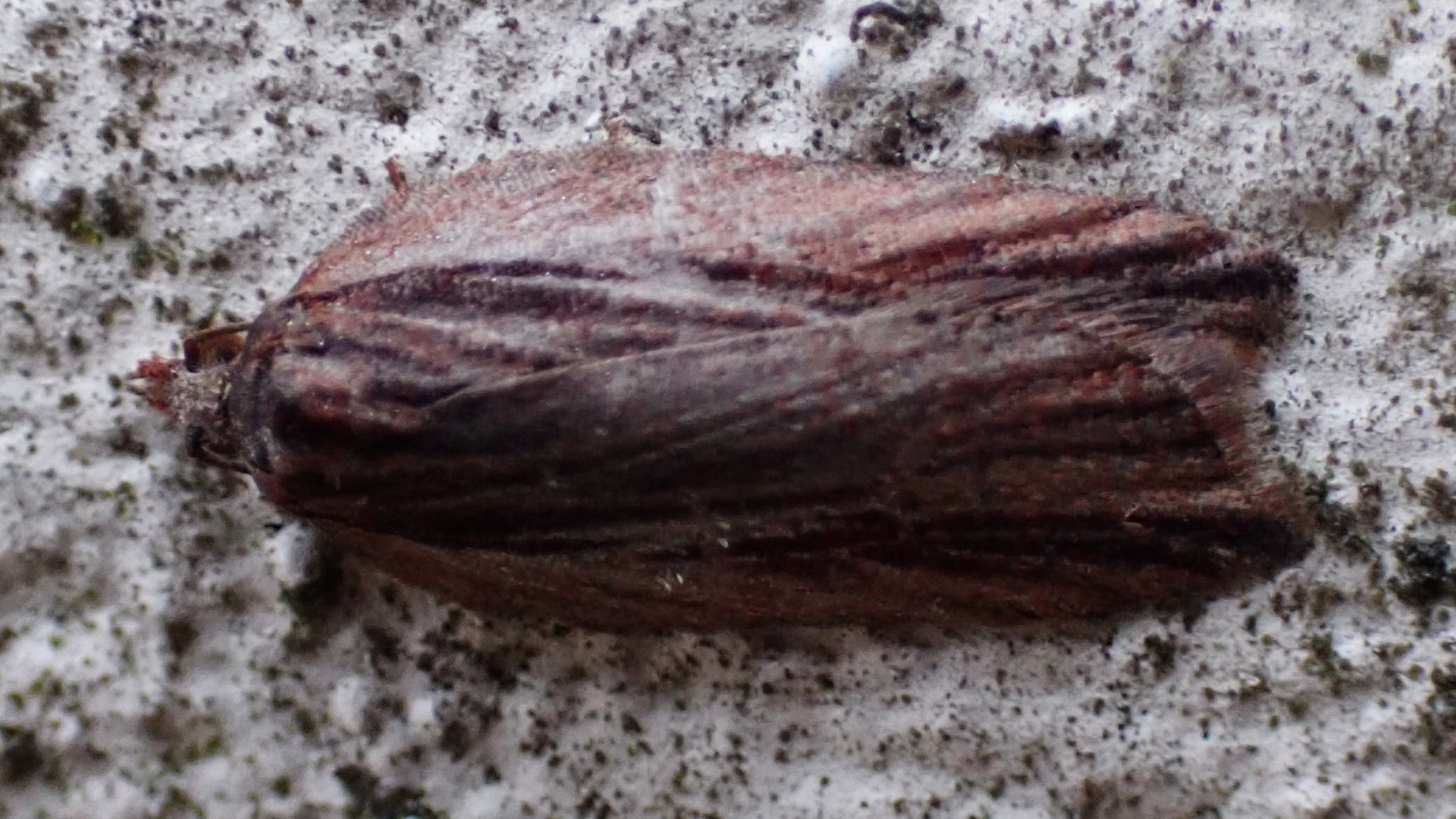
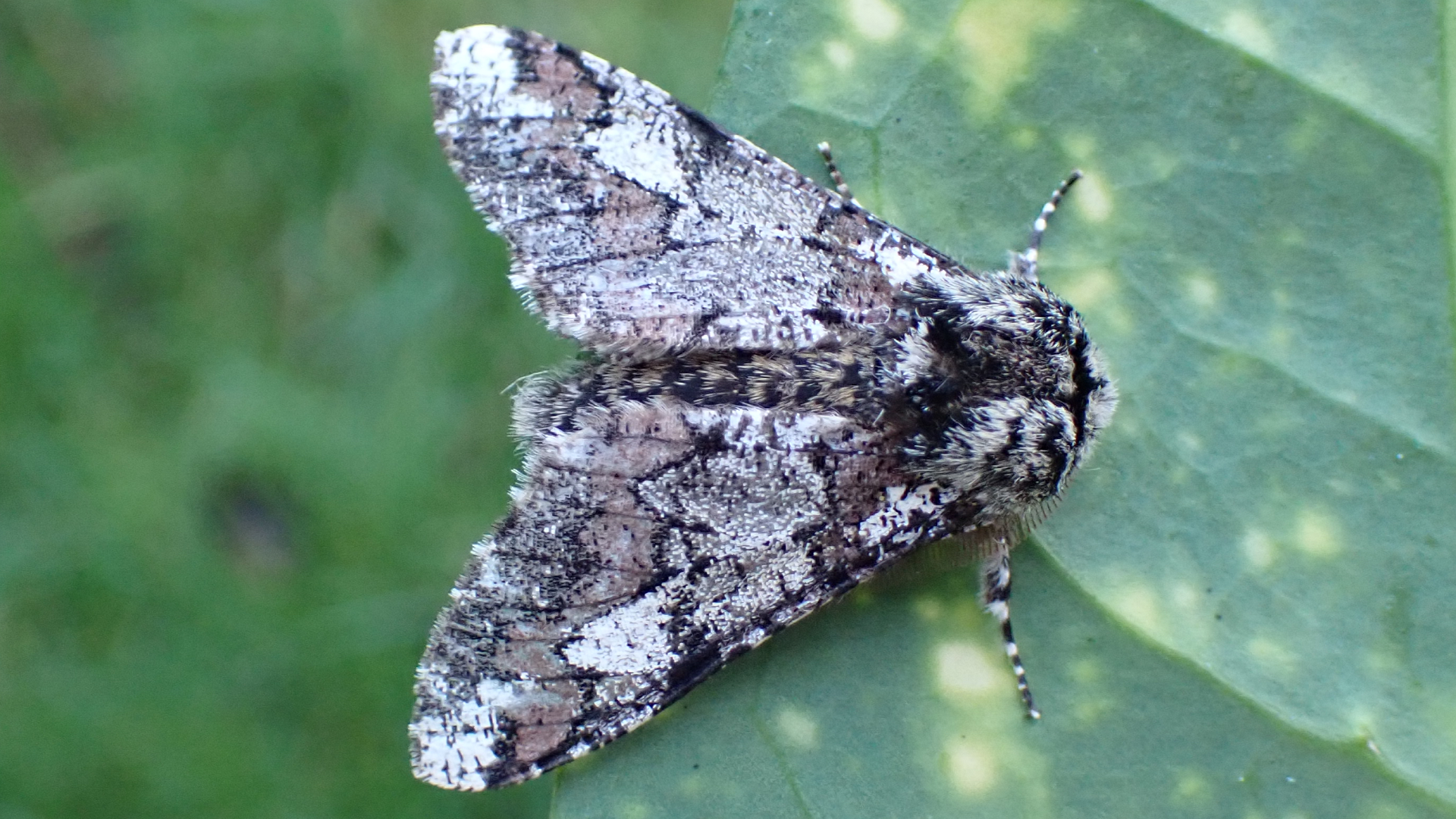

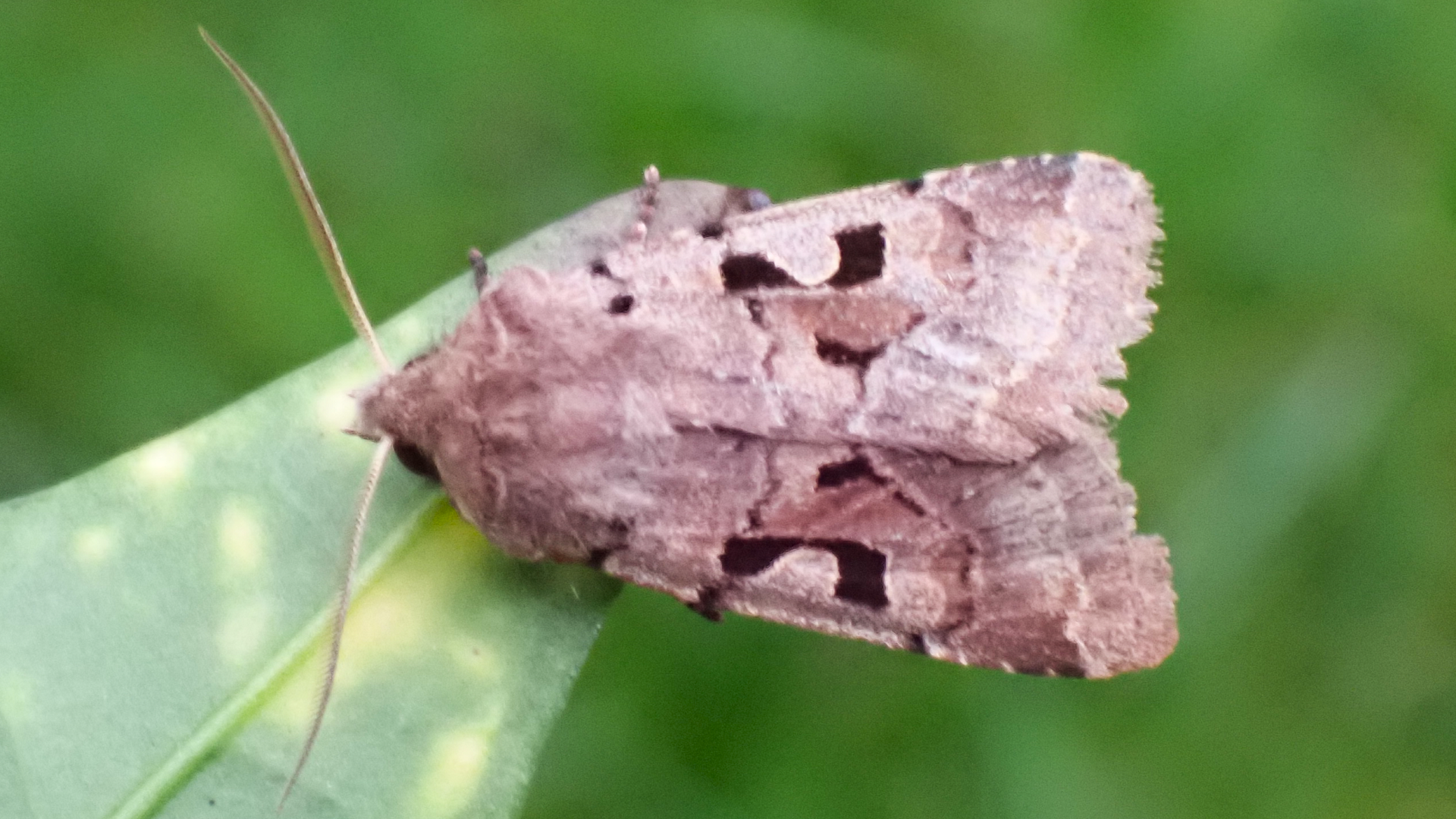

Overall results for February were equally depressing with 75.4% less moths being trapped this year in comparison to 2024 even though there were more recorders taking part. The Hainault trap caught 1 Oak Beauty, 2 Common Quaker, 1 Hebrew Character, 1 Common Plume, 2 Spring Harbinger and 1 Varied Tortrix. The Spring Harbinger which varies in appearance was a new species to our trap.
| FEBRUARY 2024 (Last Year) | FEBRUARY 2025 (This Year) |
|---|---|
| 52 recorders at 54 sites | 56 recorders at 63 sites |
| 34 different VCs | 36 different VCs |
| Macro species - 47 | Macro species - 33 |
| Macro numbers - 8670 | Macro numbers -1921 |
| Micro species - 53 | Micro species - 34 |
| Micro numbers - 2123 | Micro numbers - 731 |
| Total species - 100 | Total Species - 67 |
| Total numbers - 10793 | Total numbers - 2652 |
March Species (No challenge set)
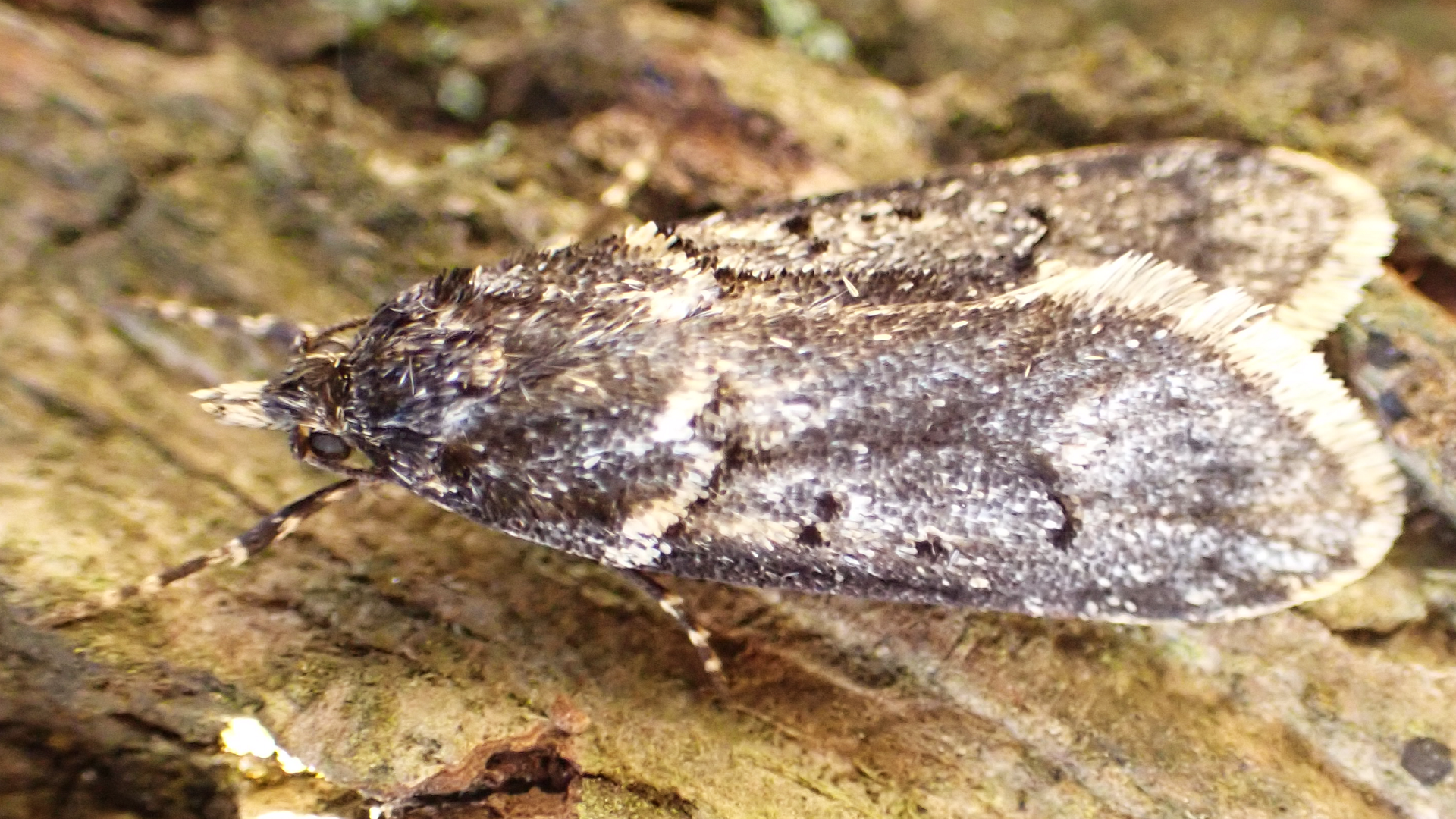
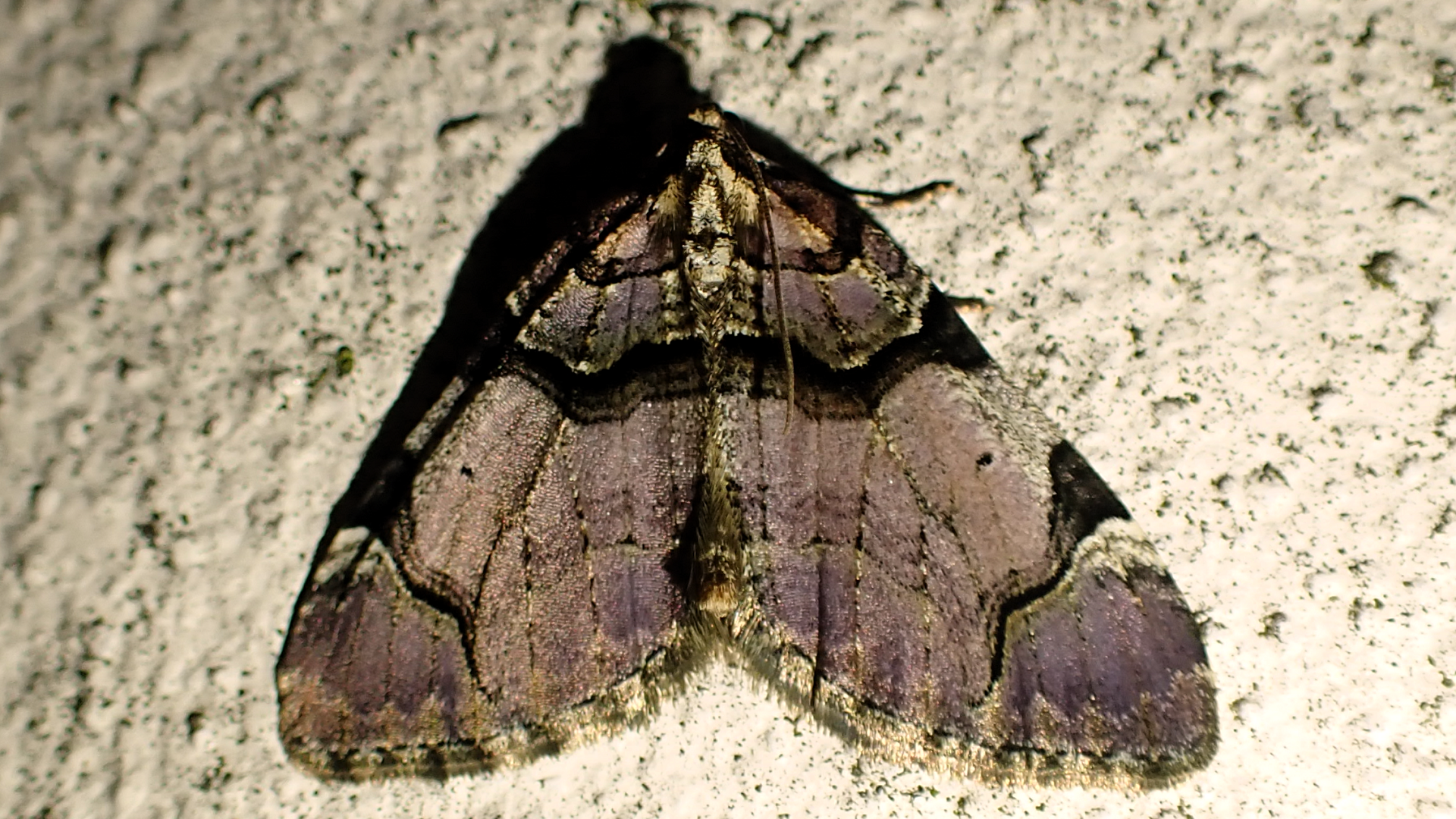


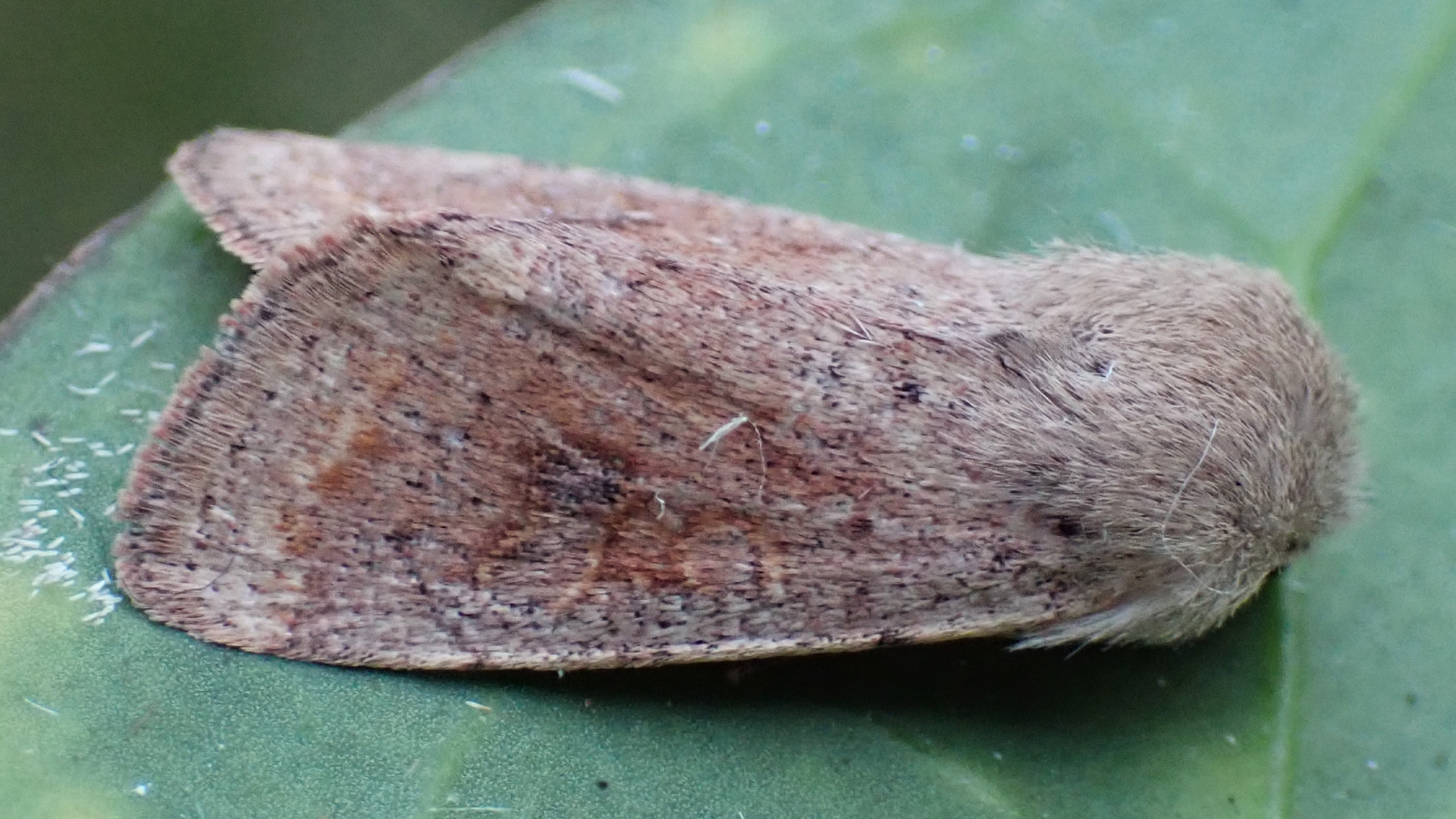




Numbers were low in March until just before the Spring Equinox (19th) when 33 moths appeared on one night (mostly Common Quakers). Oak Nycteoline, a species not recorded here before arrived in two distinct forms. Early Revellers and Grey Shoulder-knot were observed on tree trunks in the forest. Pictures ©Raymond Small
Muntjac Deer

Someone suggested that this might be a pregnant Muntjac. However, one look at the head indicates this is a stocky male. Females (does) do not have antlers
Amphibians
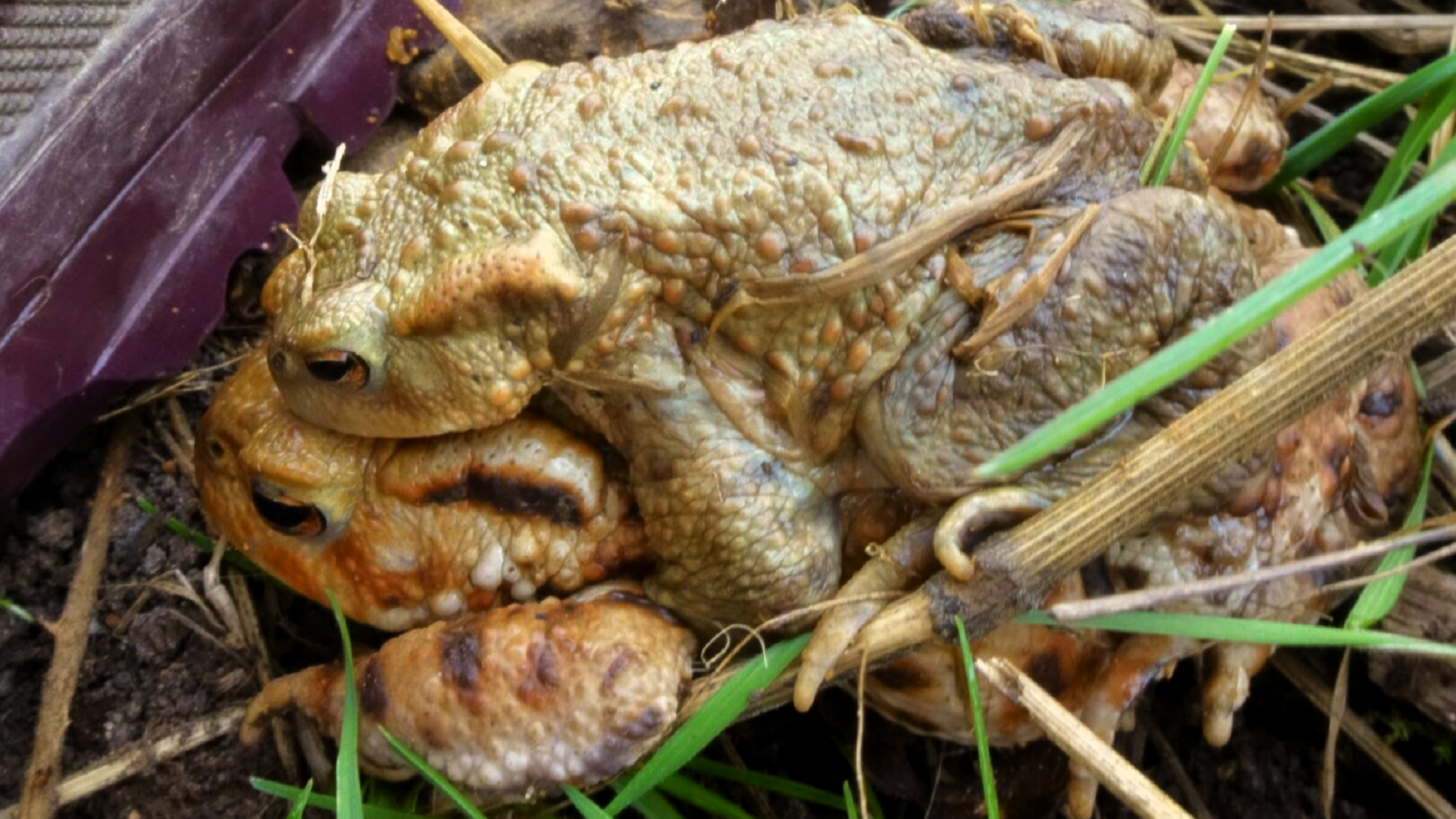
Male toads climb and cling onto females and wait for eggs to be laid. Females release double strings of fertilised eggs. Both the eggs and the male's sperm are released into the water where they mix. Fertilization of the eggs takes place outside the body.
Filming underwater proved challenging and a bit hit and miss because there was no way to look through the viewfinder. Not everything went as planned. No wonder large budget film makers move wildlife into specially designed tanks for filming!
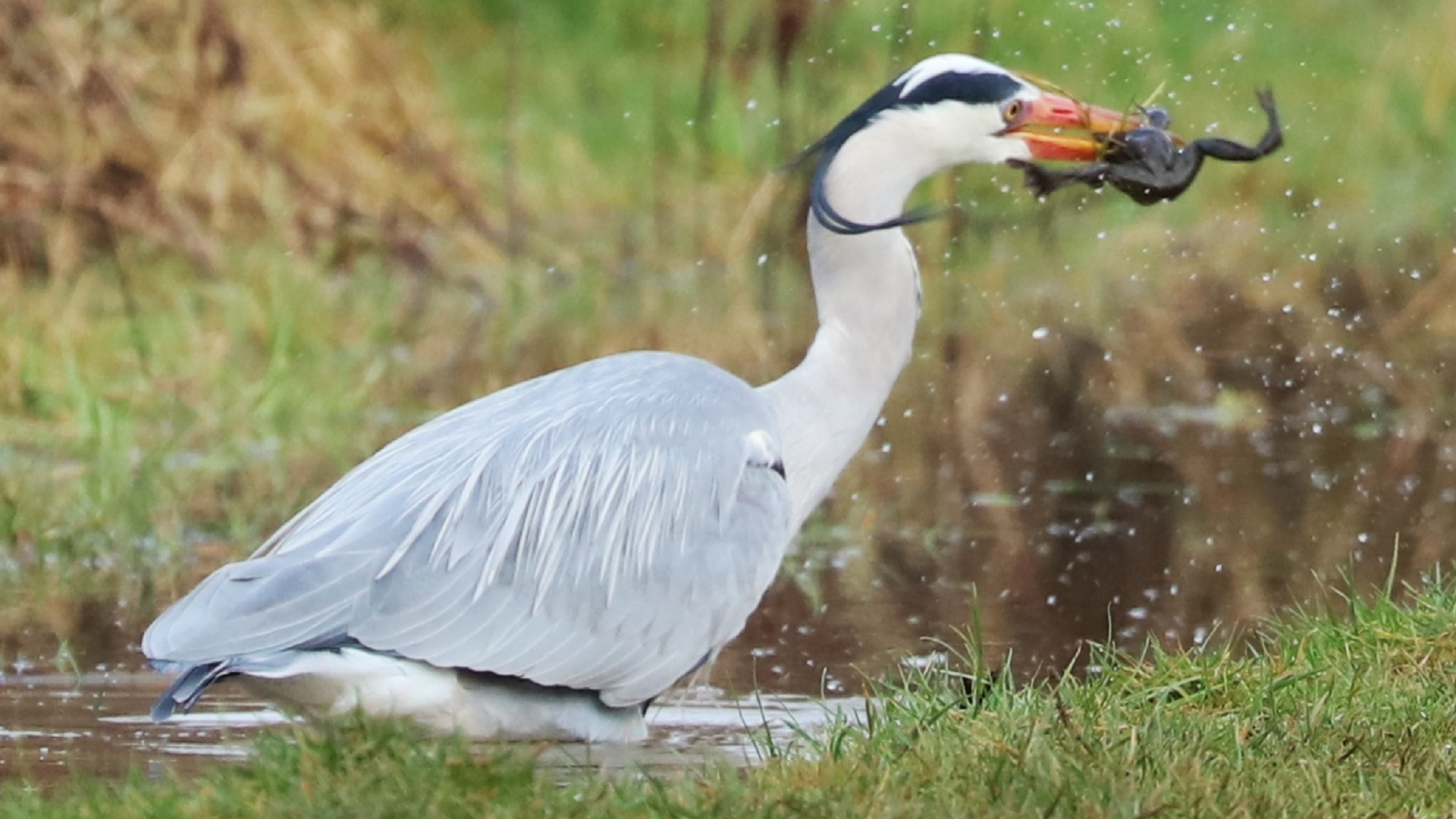
Few tadpoles survive until adulthood, some reports say 1 in 50. Birds, newts, fish, snakes, rats, foxes, stoats, weasels, hedgehogs, water boatmen and dragonfly larvae all feed on tadpoles. Becoming an adult can be just as hazardous. This frog captured by a heron has croaked for the last time.
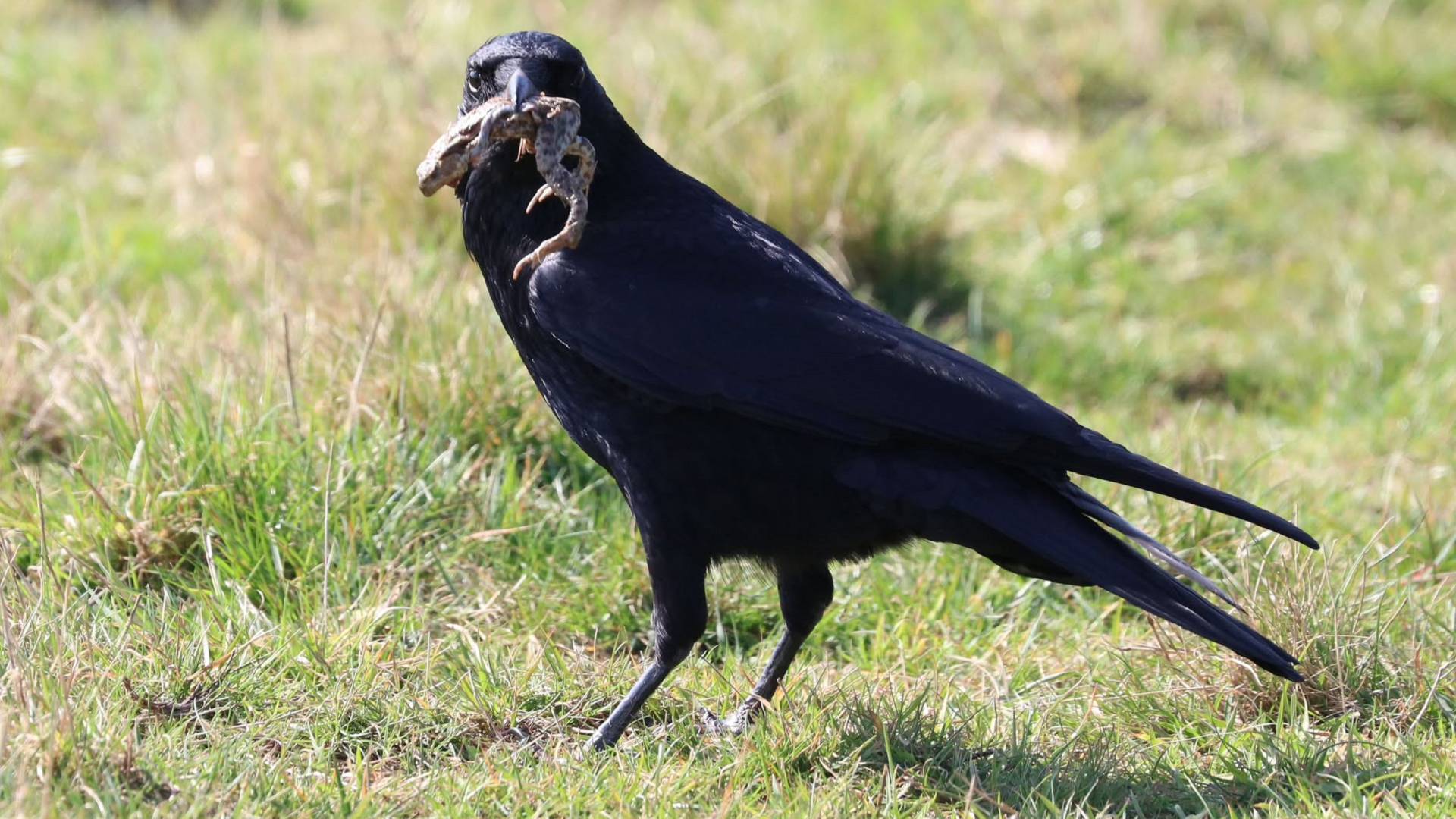
This picture shows a crow getting in on the act of frog catching. Frogs seem to be a more popular food choice than toads maybe because the latter secrete toxins from the body when threatened. However, some predators such as hedgehogs, stoats, weasels, rats and corvids are not deterred. Crows have learned to avoid the poisonous glands by flipping over a toad onto its back to reveal the soft and edible undersides. Dogs can become seriously ill if they bite or lick a toad and the best way to avoid this happening is to use a lead. Toxins sometimes hang around in water where toads have been, including puddles.

This toad was found under the cover of a corrugated mat (46) where a large colony of ants were in residence. Amphibians and reptiles can be recorded on Record Pool Website.
Owl Pellets
Beth, the education ranger, holds a nature group that meets at Foxburrow Barn fortnightly on Sunday mornings (dates can change so please check Vision's website for updates if interested in attending). It is an informal meeting where people can talk about their recent wildlife discoveries. On this particular Sunday Beth brought along a box of owl pellets collected from nearby. Regurgitated by the owls the pellets contain undigestible food remains.

The group carefully pulled the pellets apart to reveal what the owl had been eating. Most of the bones discovered belonged to voles. This picture shows a tiny part of our discoveries.
Essex Field Club

Hainault Forest was put back into public use in 1906 due largely to the efforts of Mr. E. N. Buxton, a former President of the Essex Field Club. The Club's AGM at Pitsea on March 22nd had an excellent turn out. There were two interesting talks and new County Recorders were selected as part of the agenda. Further details of the Club and Recorders can be found on this link.
Directions from Fairlop Waters
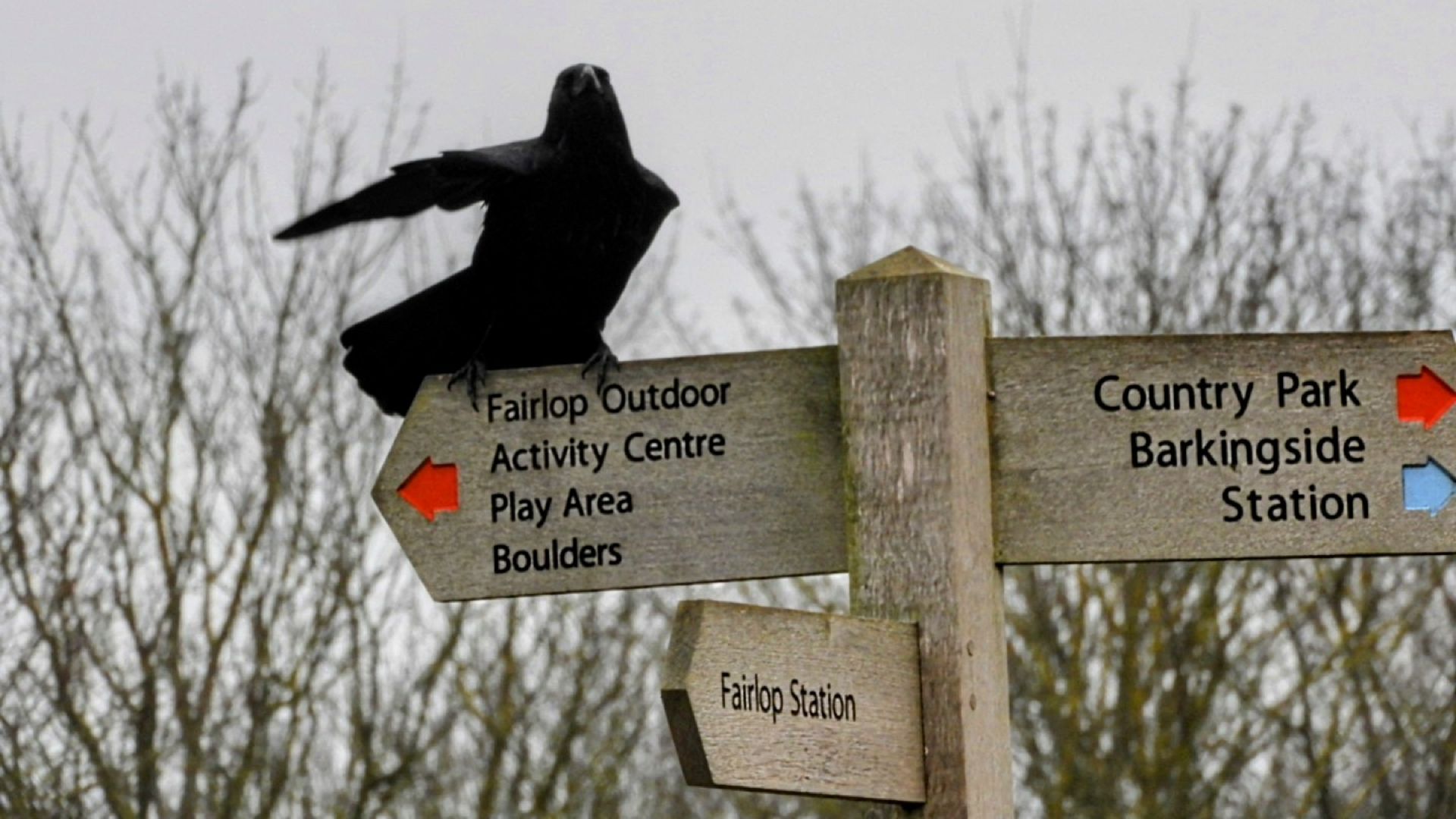
Thank you to everyone that has contributed this month.
